Eric Dollard - Cosmic Induction Generator
Thanks for sharing that dR-Green!
I was at Eric's lab a couple weeks ago visiting with him and John Polakowski.
Here is a pic I took of Eric looking of John's shoulder as John works on a transmitter for the Cosmic Induction Generator.
https://plus.google.com/118409944702...ts/ZAzpQMB3VgF
@All, that is Eric's new Official Google + website. If you could all support Eric by joining his network and liking his posts - that would help spread the word.
Also, on Eric's Official homepage, there is a Google + Like button at the top, please support Eric by visiting his homepage and clicking that button - Eric Dollard
You can see that the lab is intact and Eric is busy working on these kind of projects as he had intended.
Anyway, I'll be posting more pictures and videos of my visit in the near future.
Thanks for sharing that dR-Green!
I was at Eric's lab a couple weeks ago visiting with him and John Polakowski.
Here is a pic I took of Eric looking of John's shoulder as John works on a transmitter for the Cosmic Induction Generator.
https://plus.google.com/118409944702...ts/ZAzpQMB3VgF
@All, that is Eric's new Official Google + website. If you could all support Eric by joining his network and liking his posts - that would help spread the word.
Also, on Eric's Official homepage, there is a Google + Like button at the top, please support Eric by visiting his homepage and clicking that button - Eric Dollard
You can see that the lab is intact and Eric is busy working on these kind of projects as he had intended.
Anyway, I'll be posting more pictures and videos of my visit in the near future.
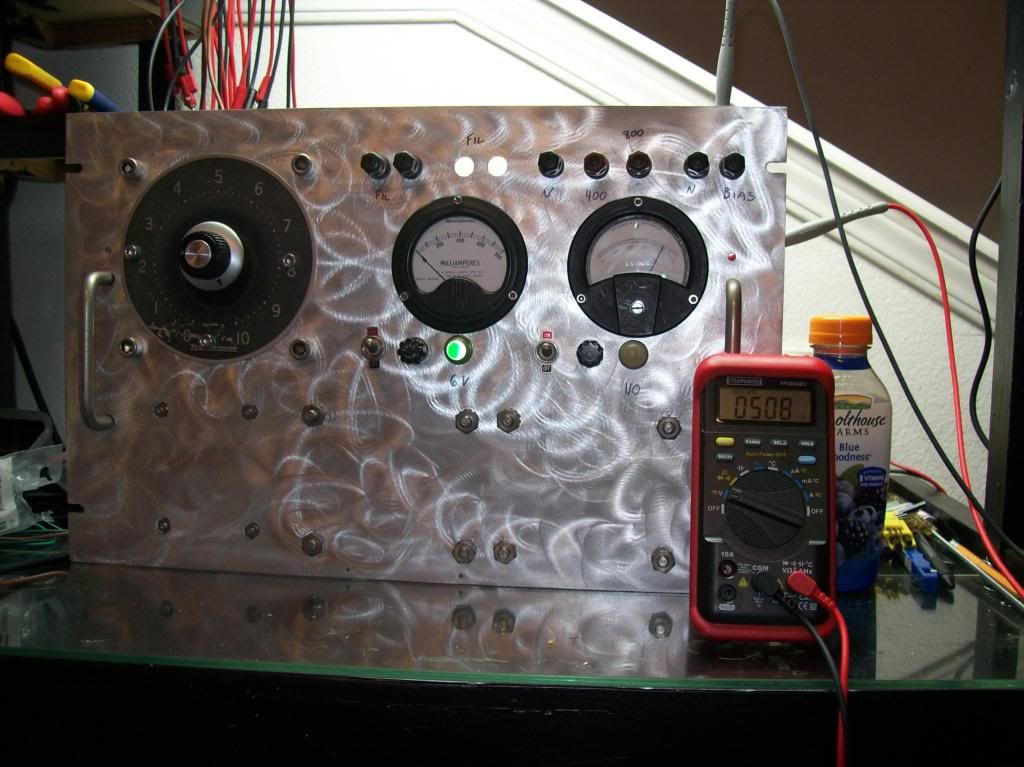


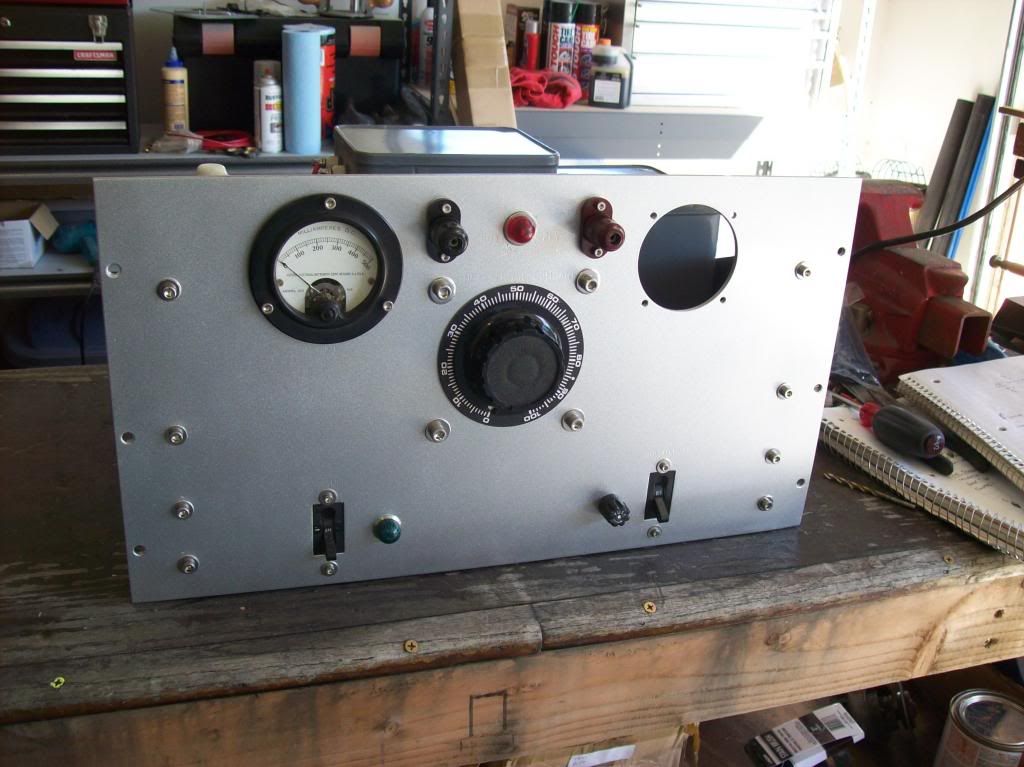
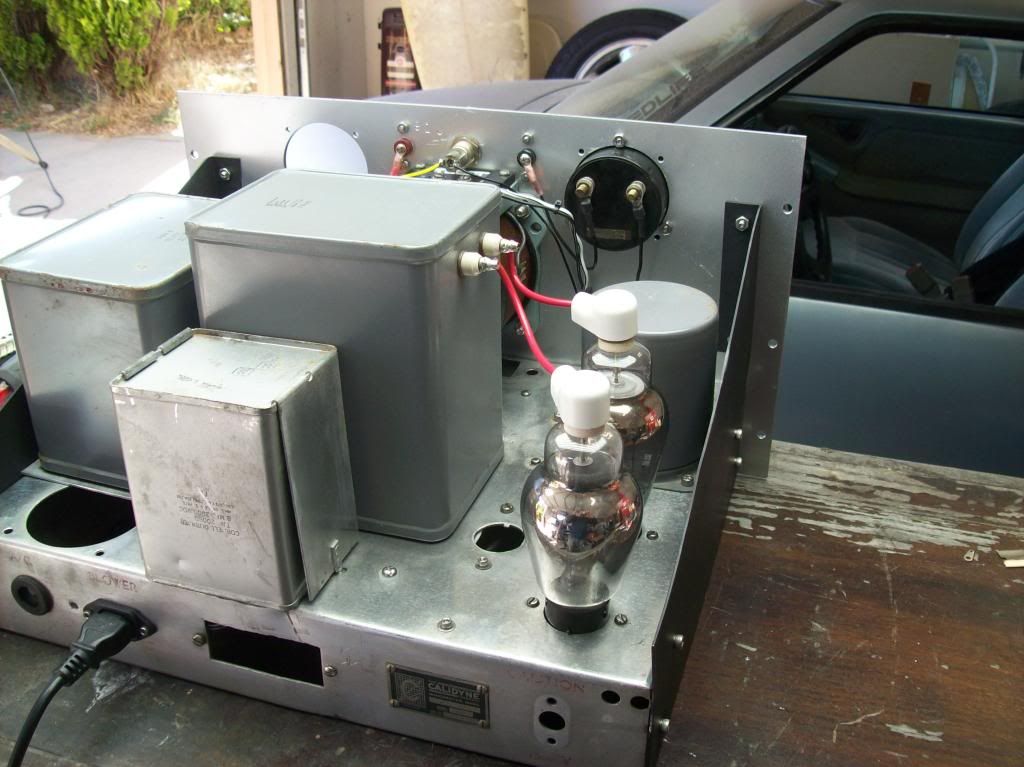
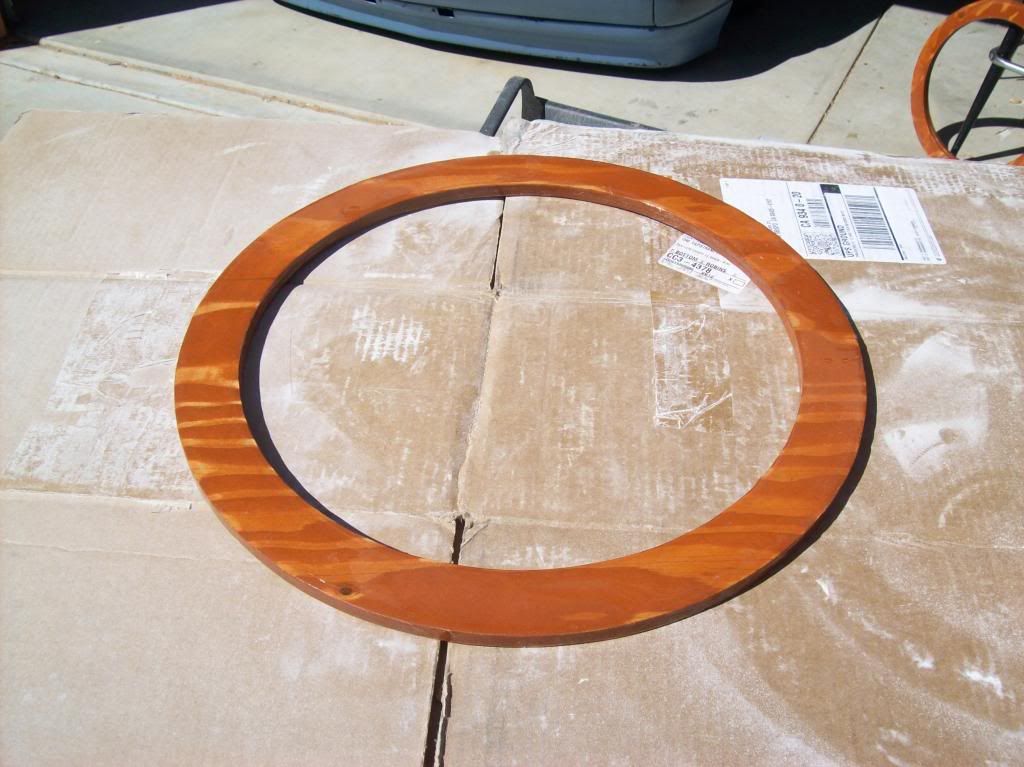
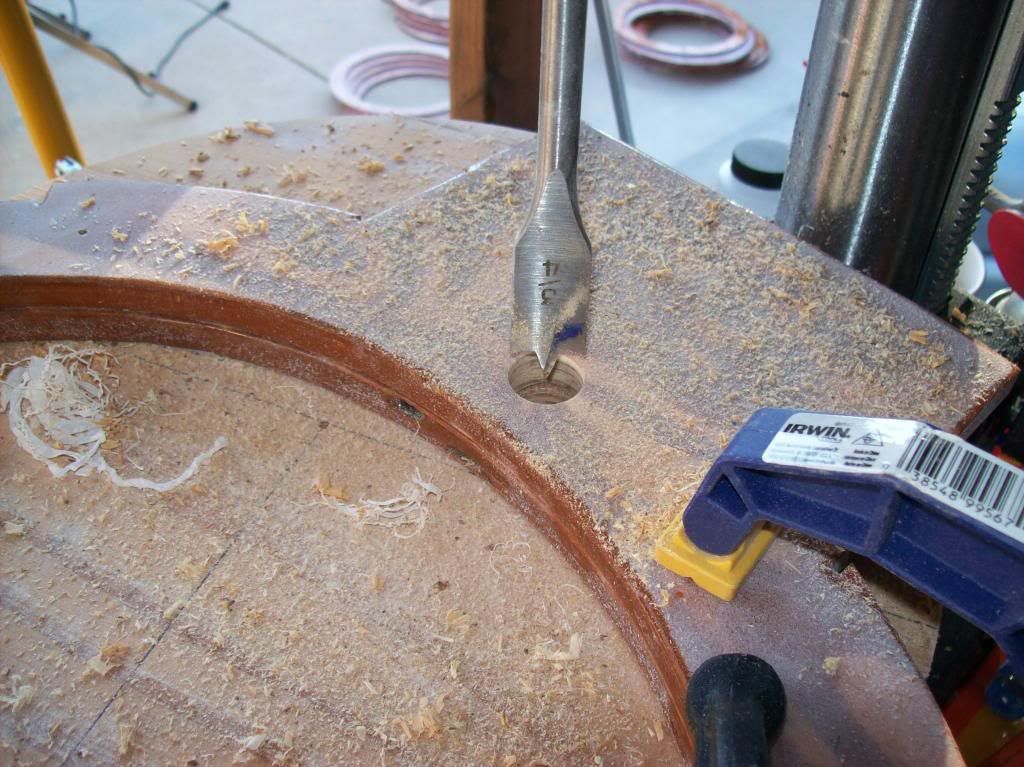
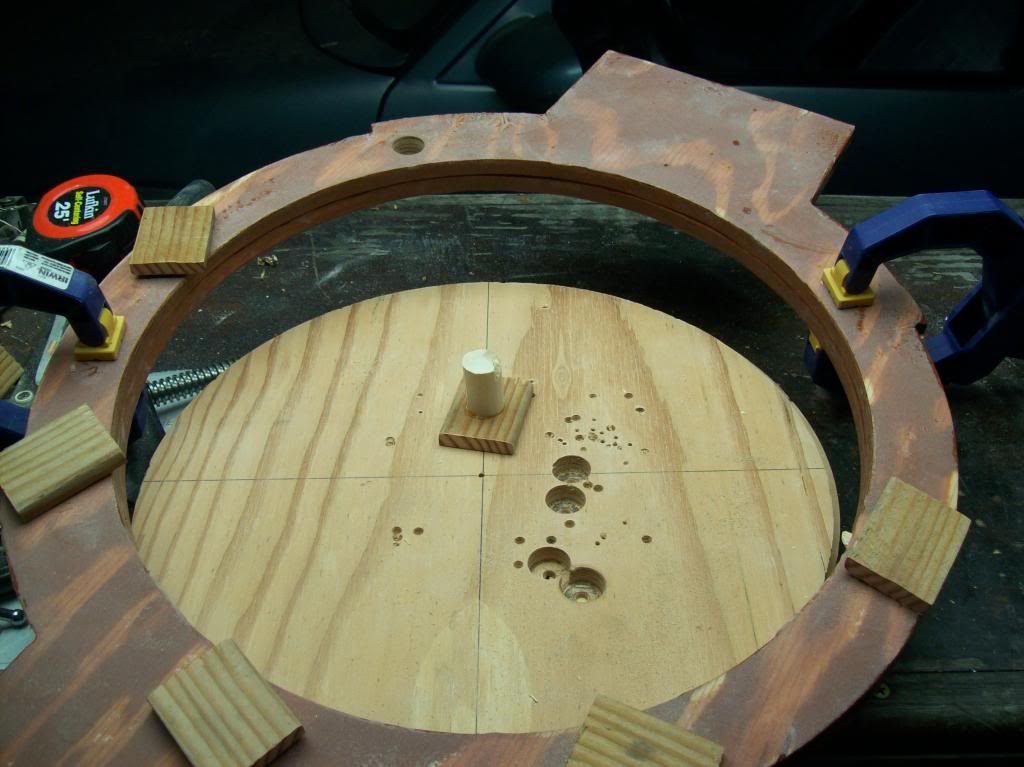
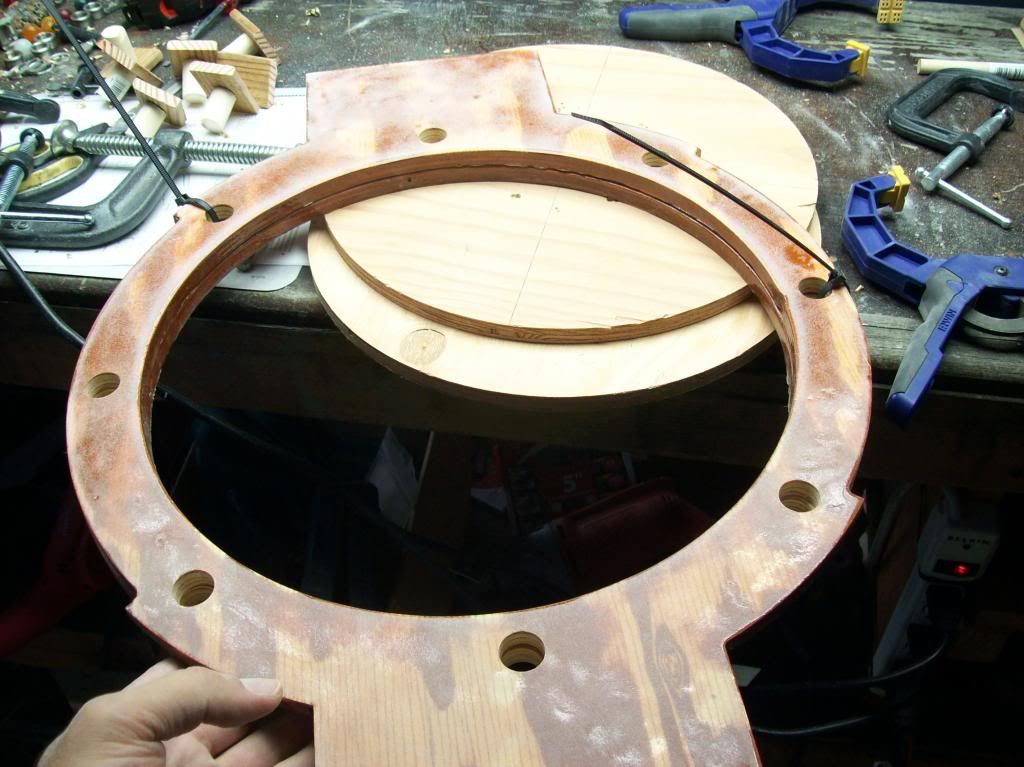
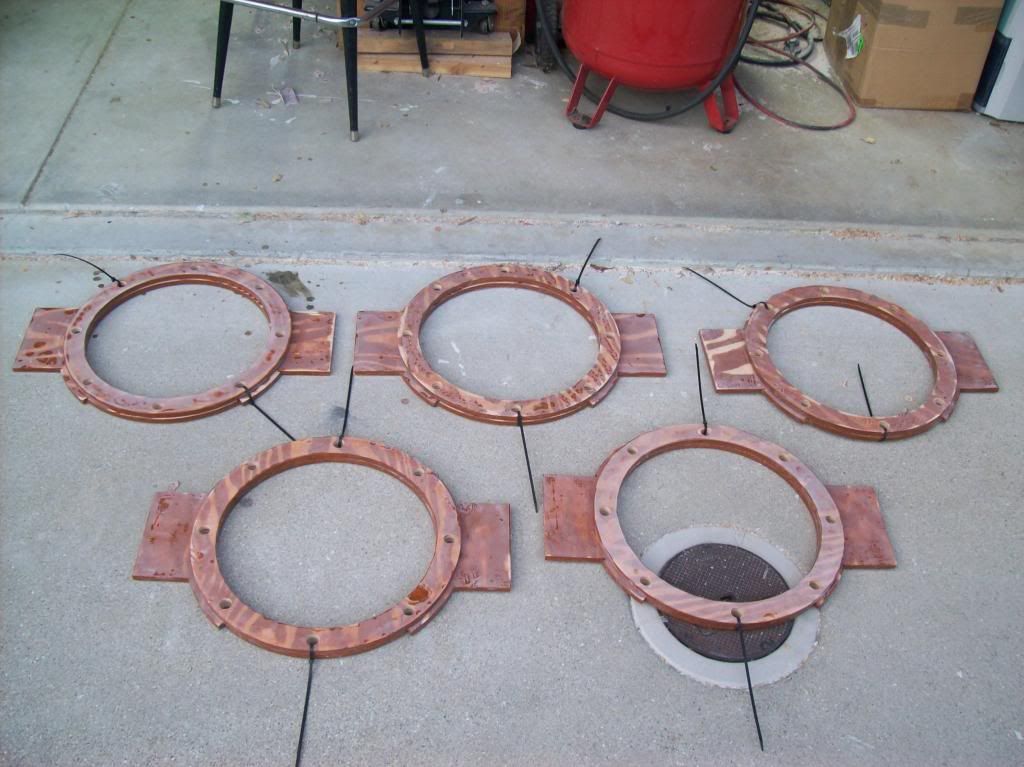
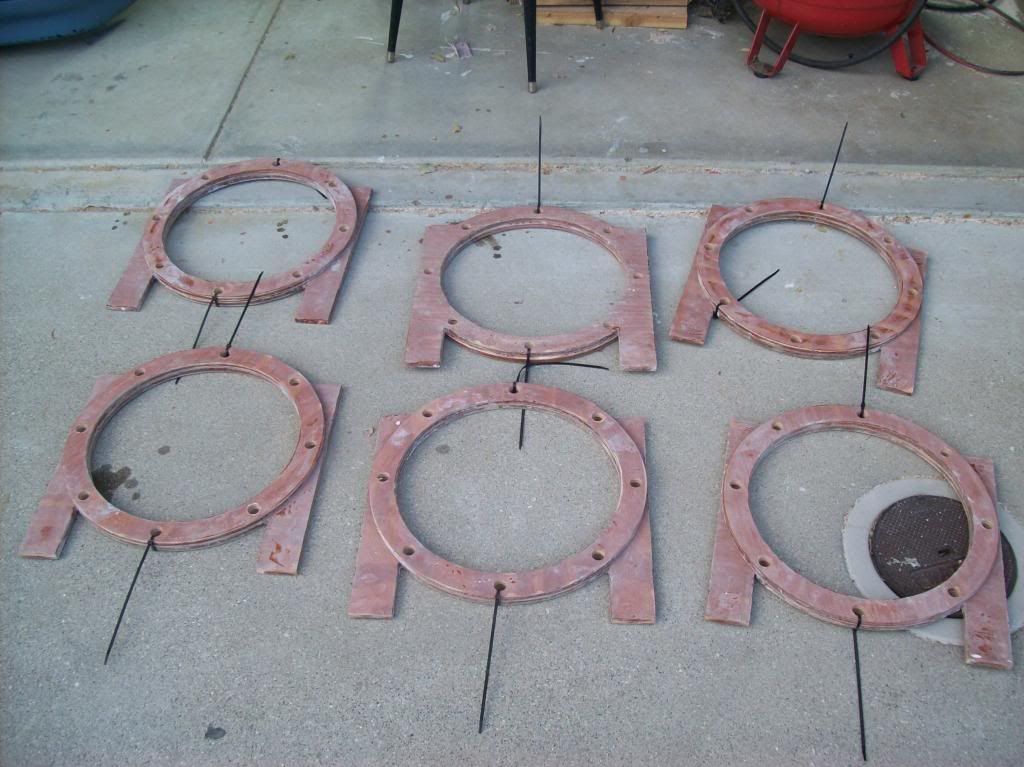
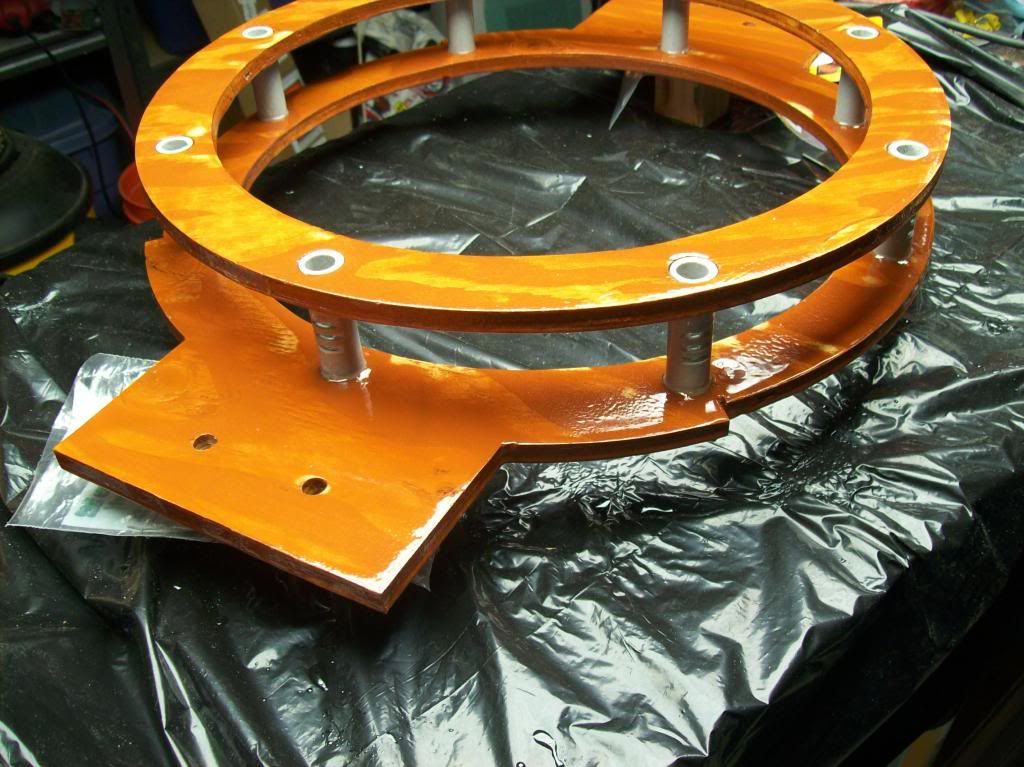
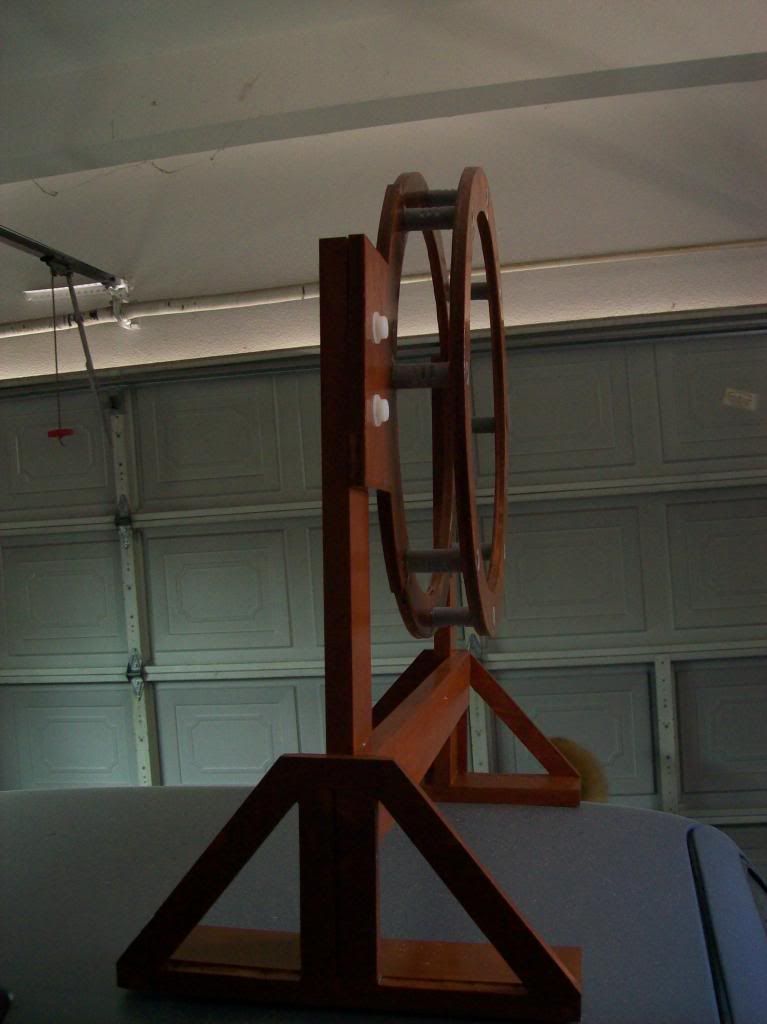
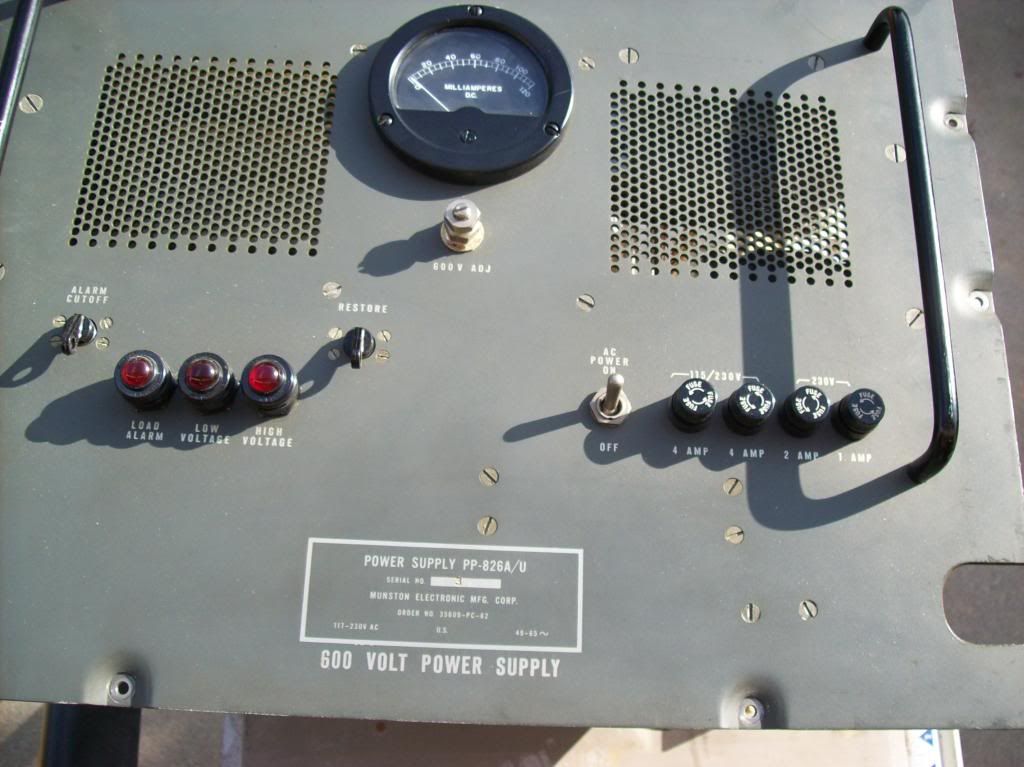
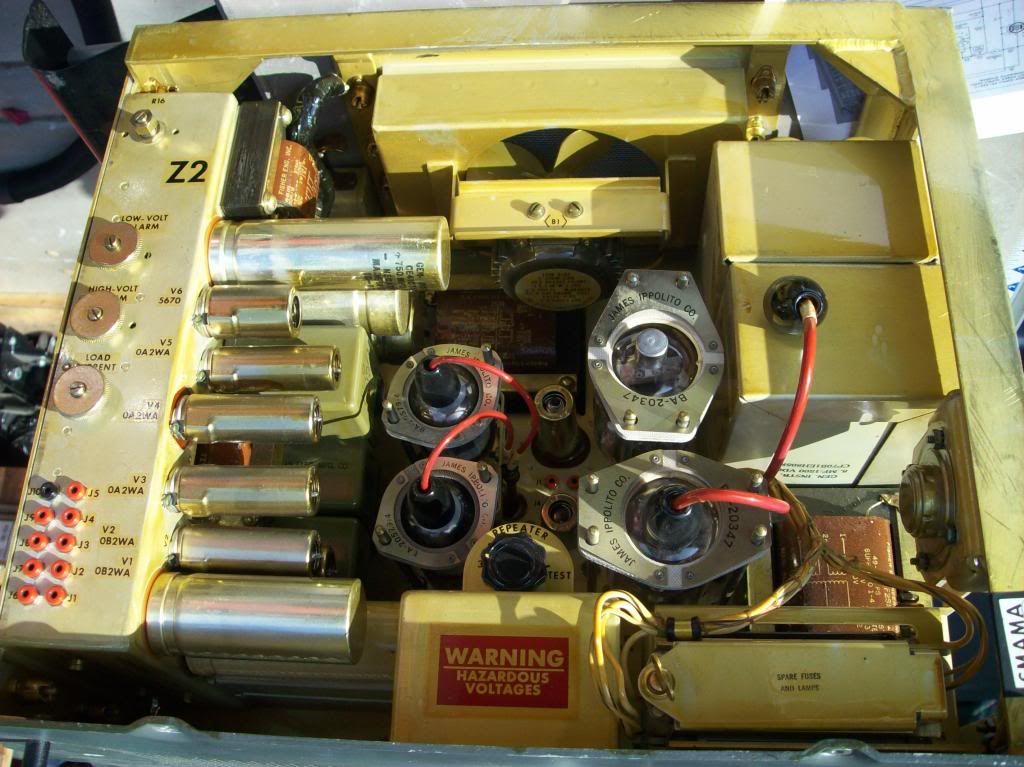
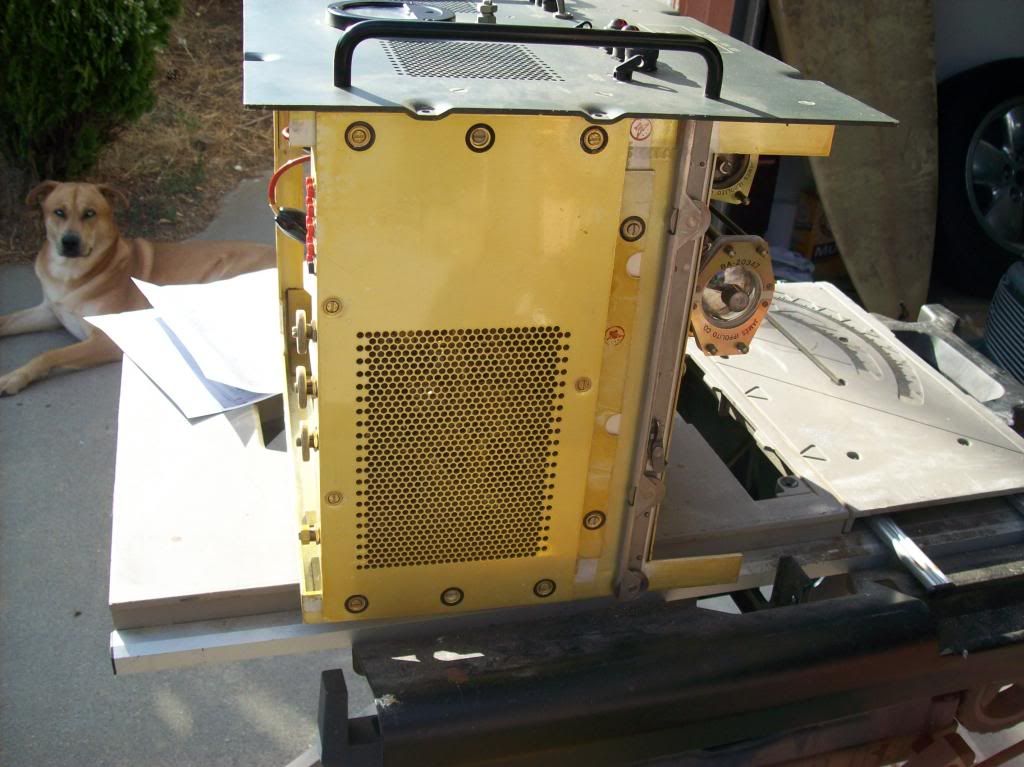
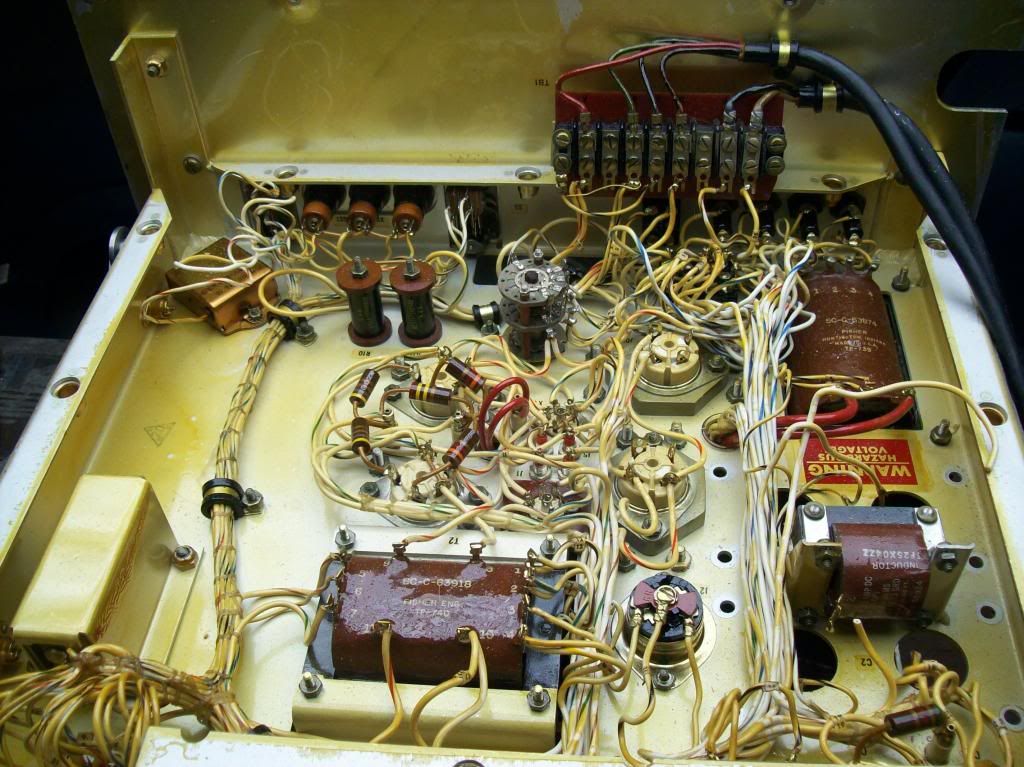
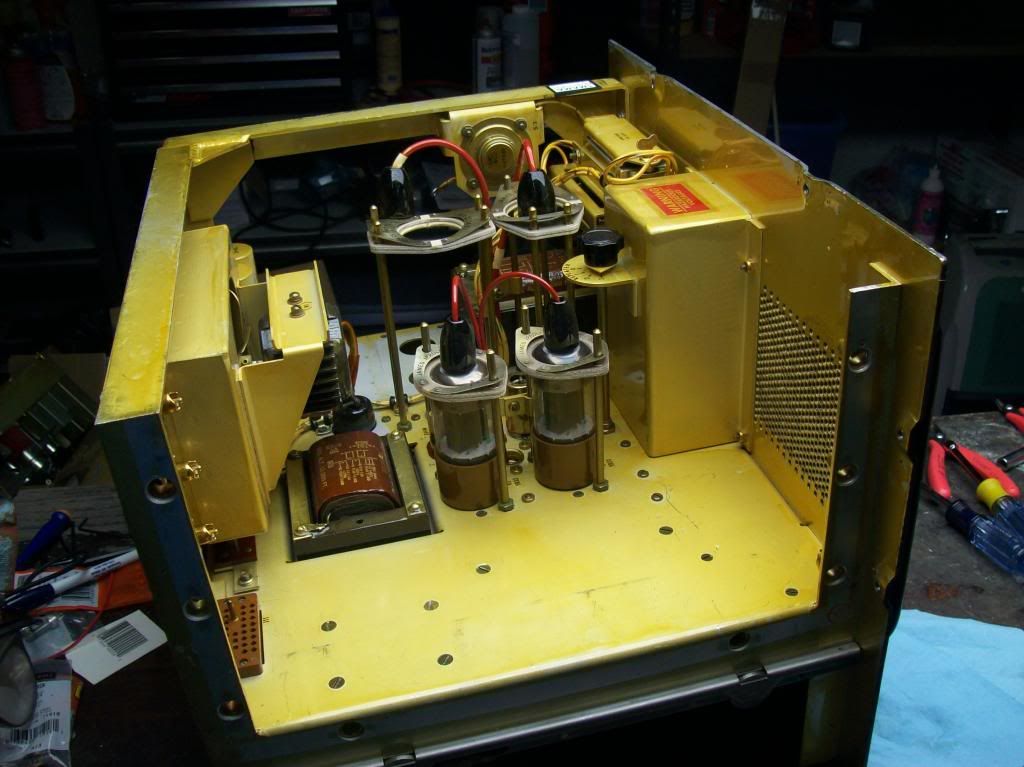
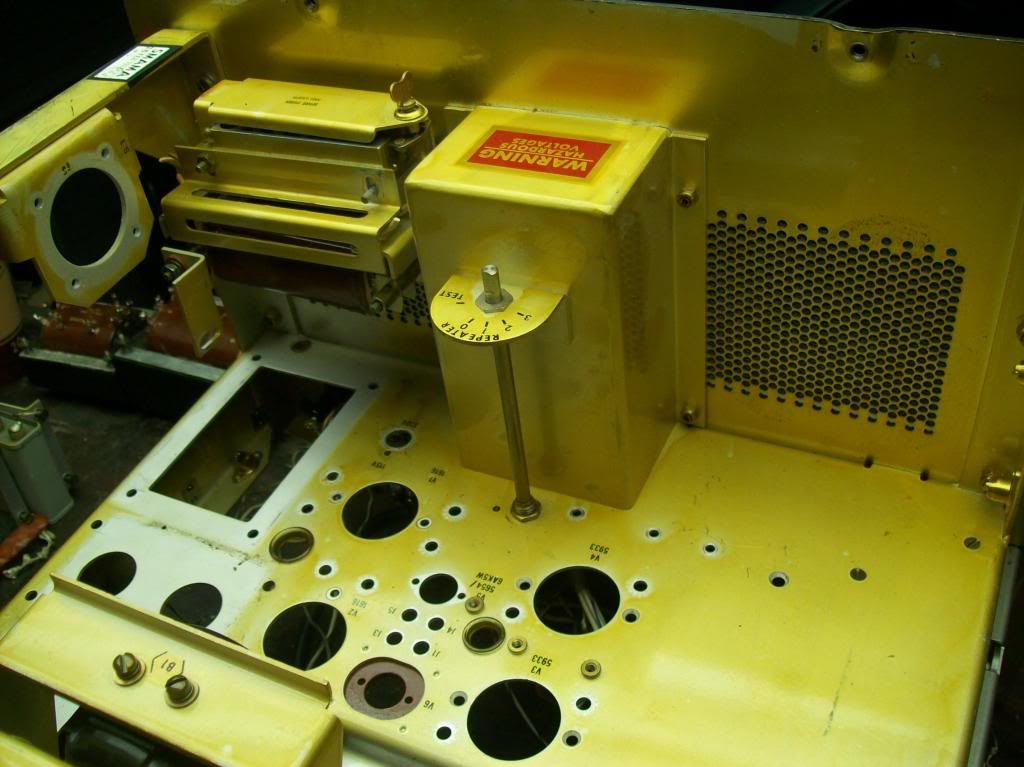
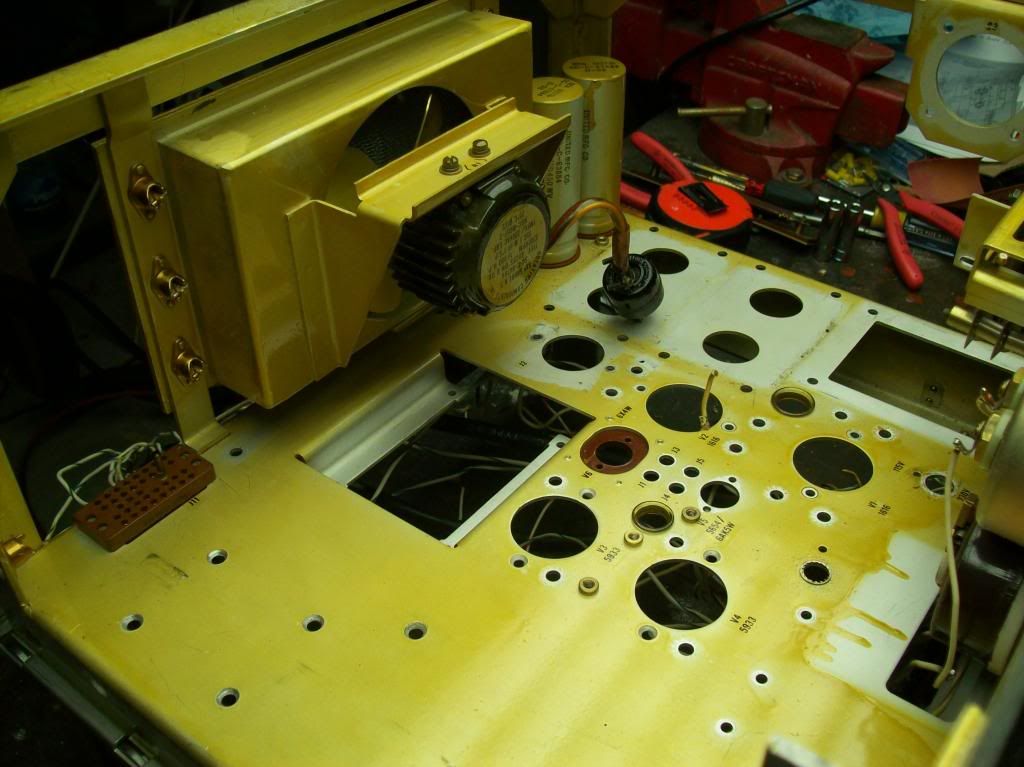
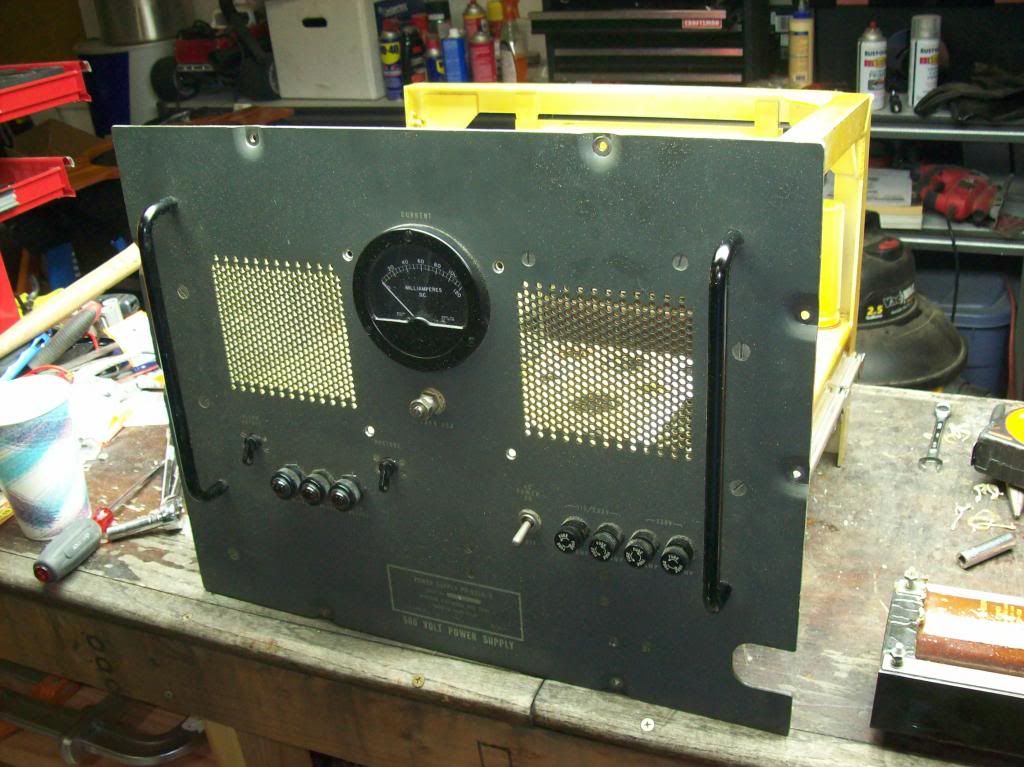
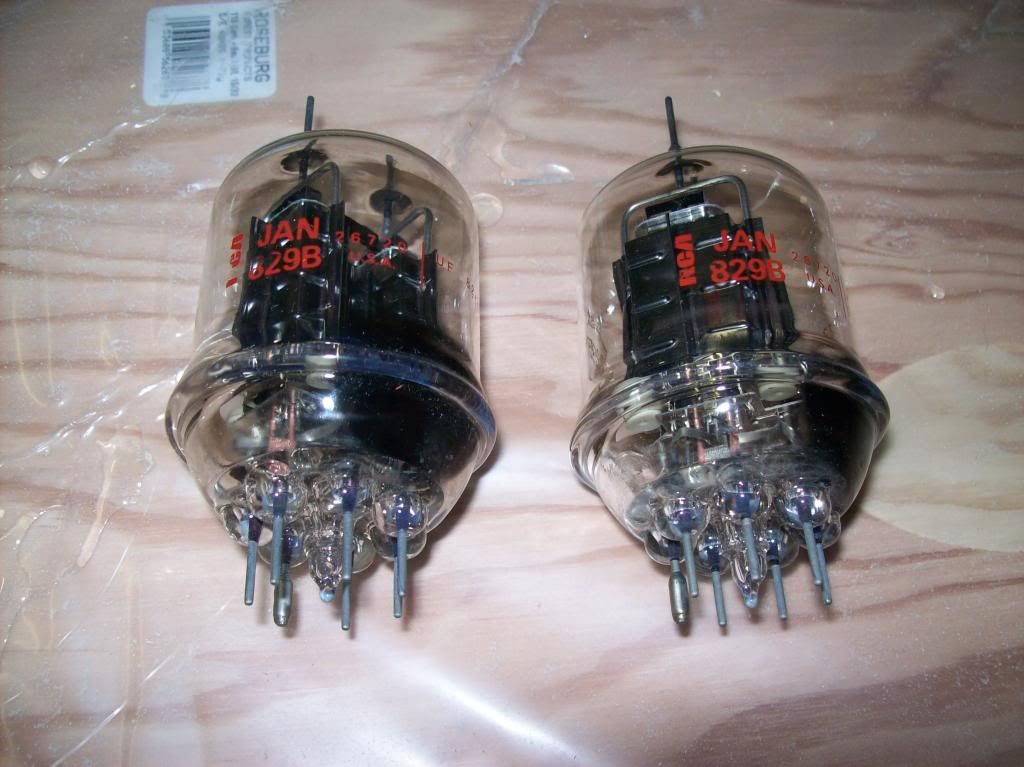
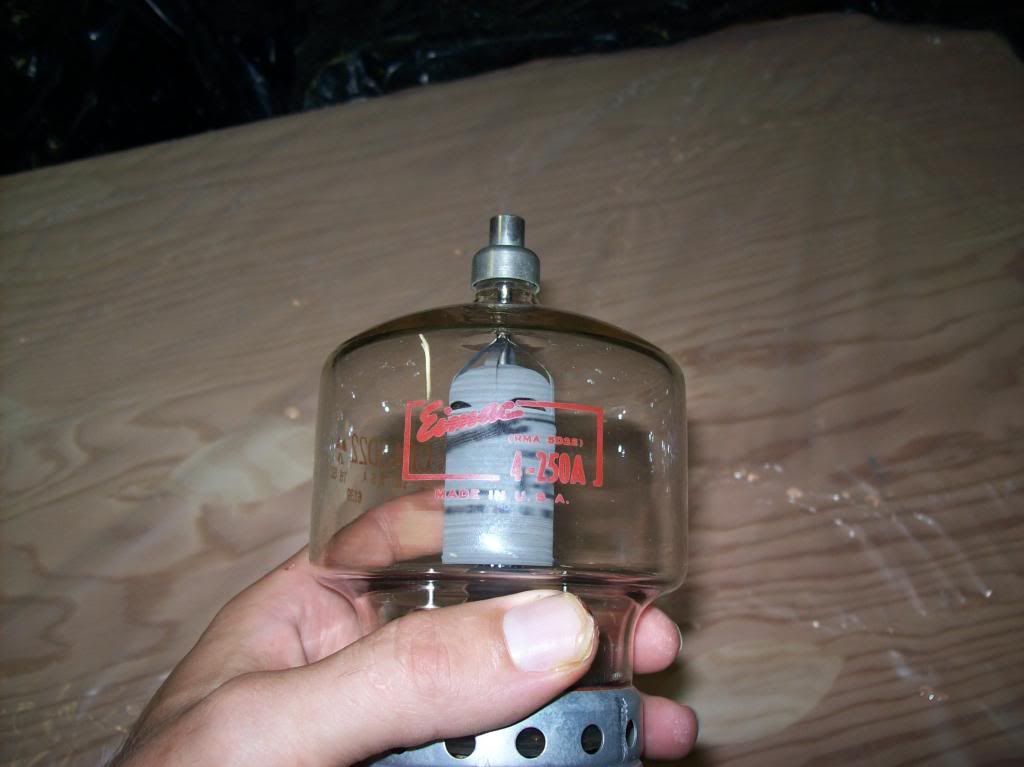
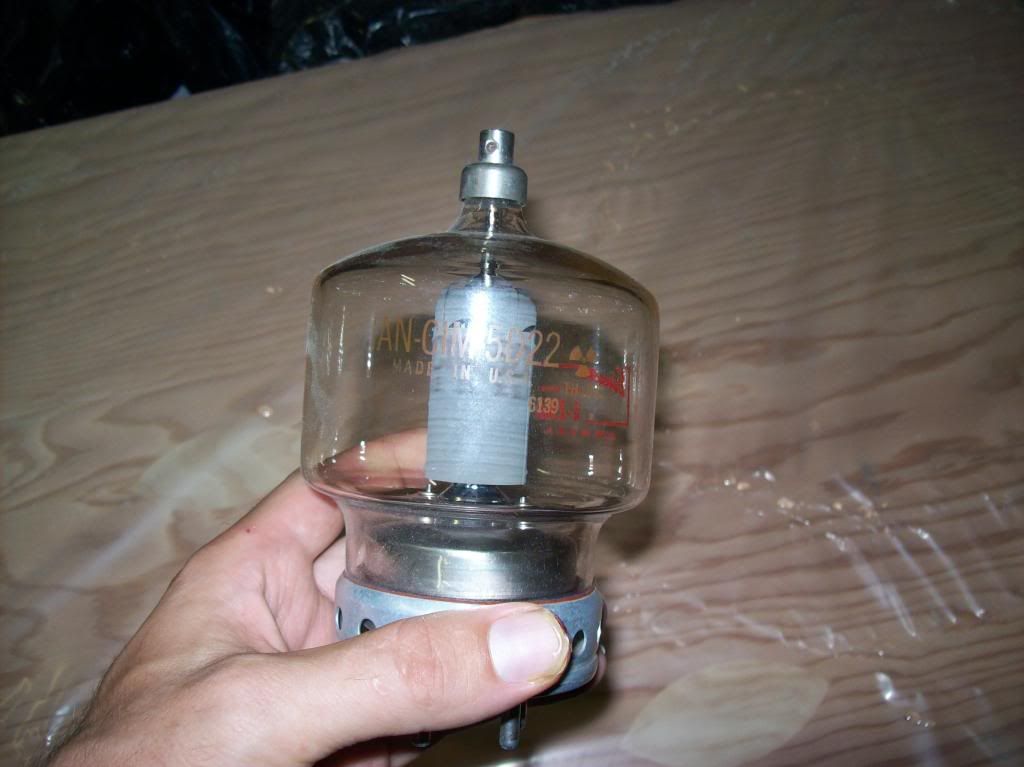
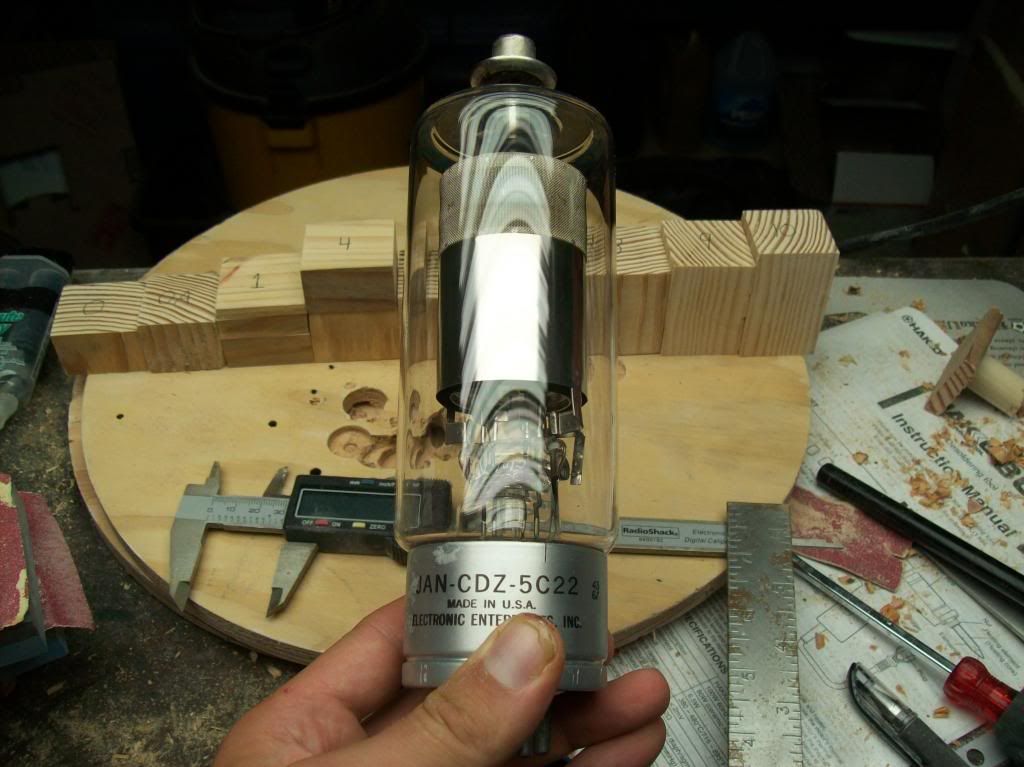
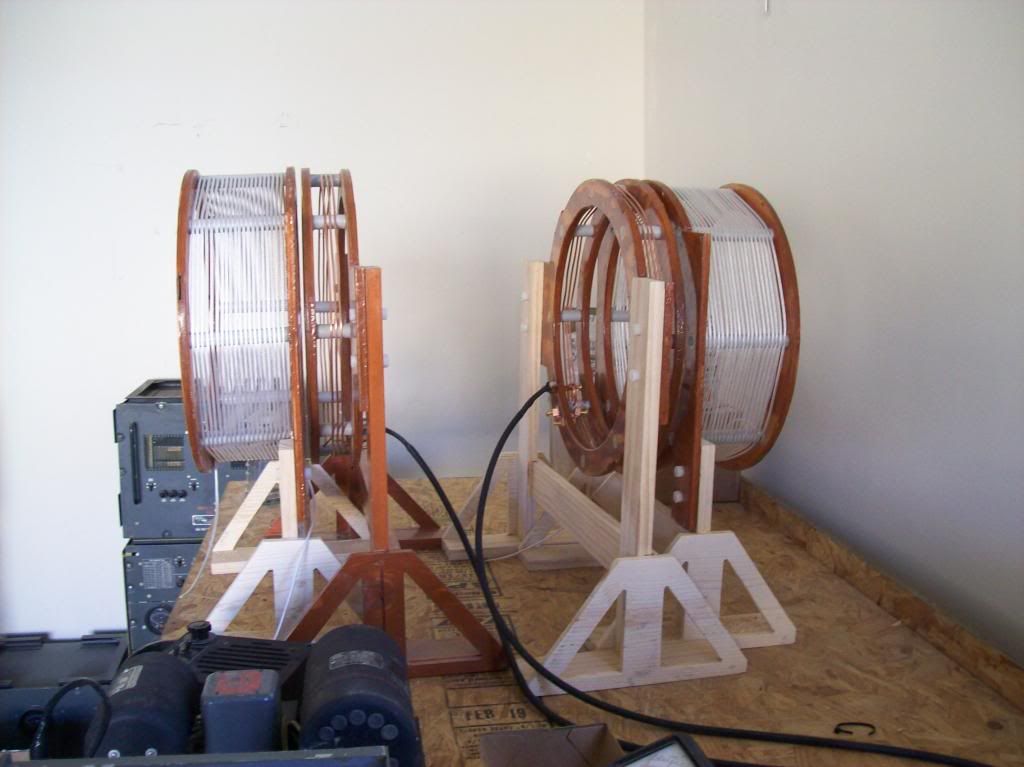
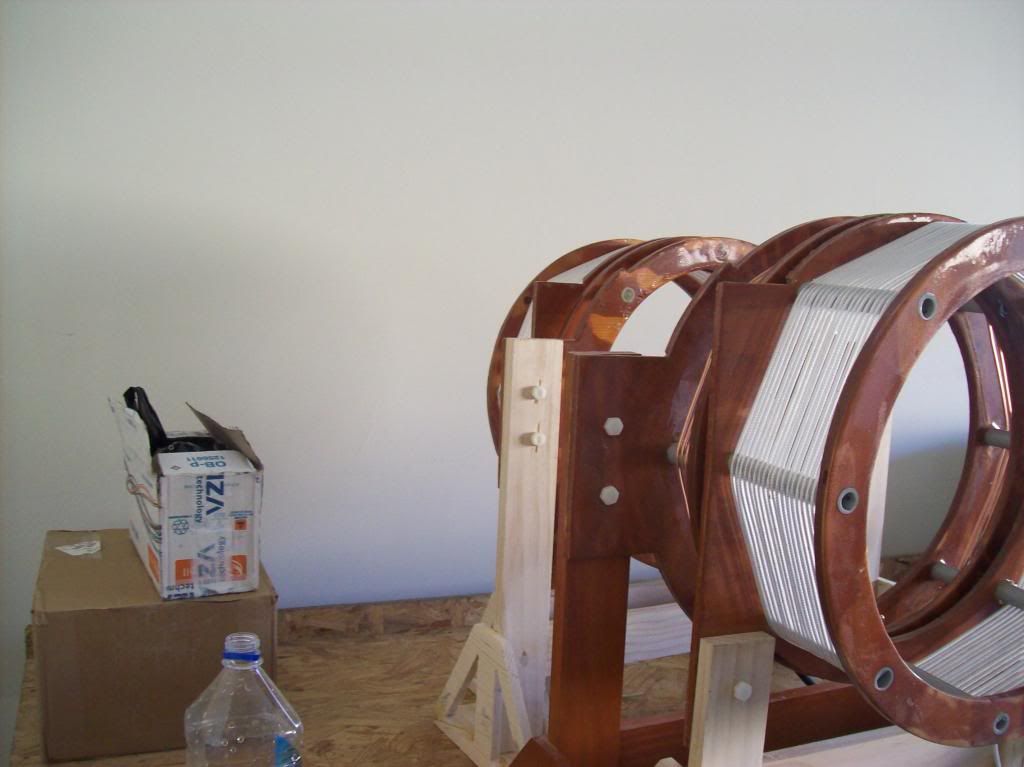
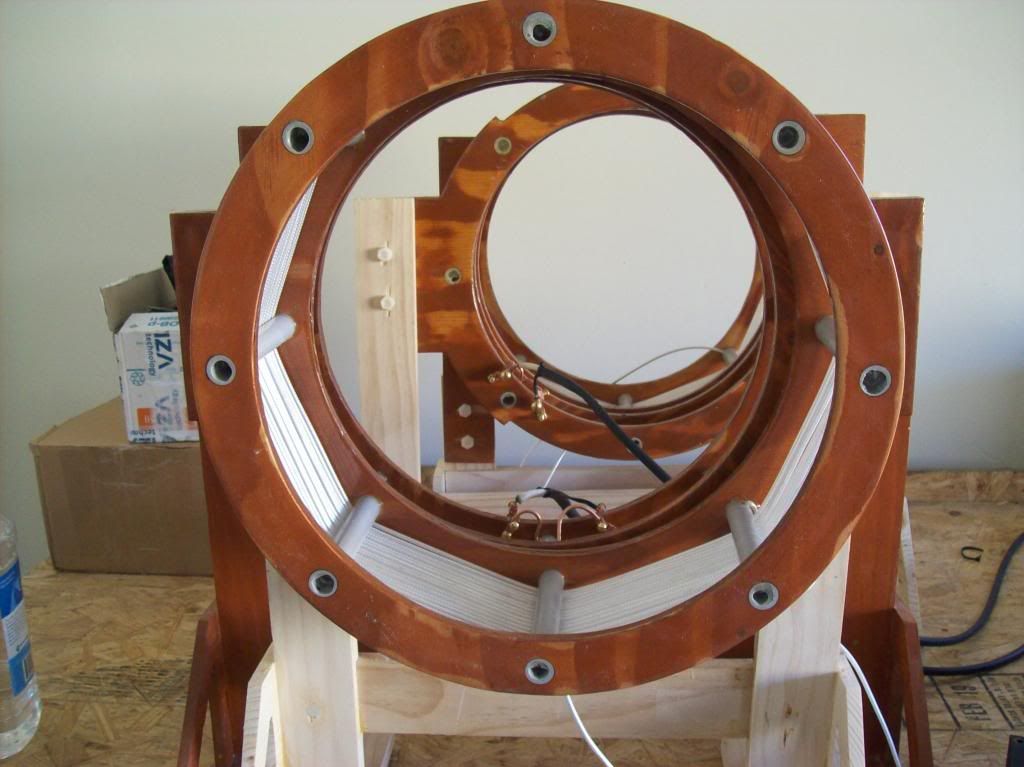
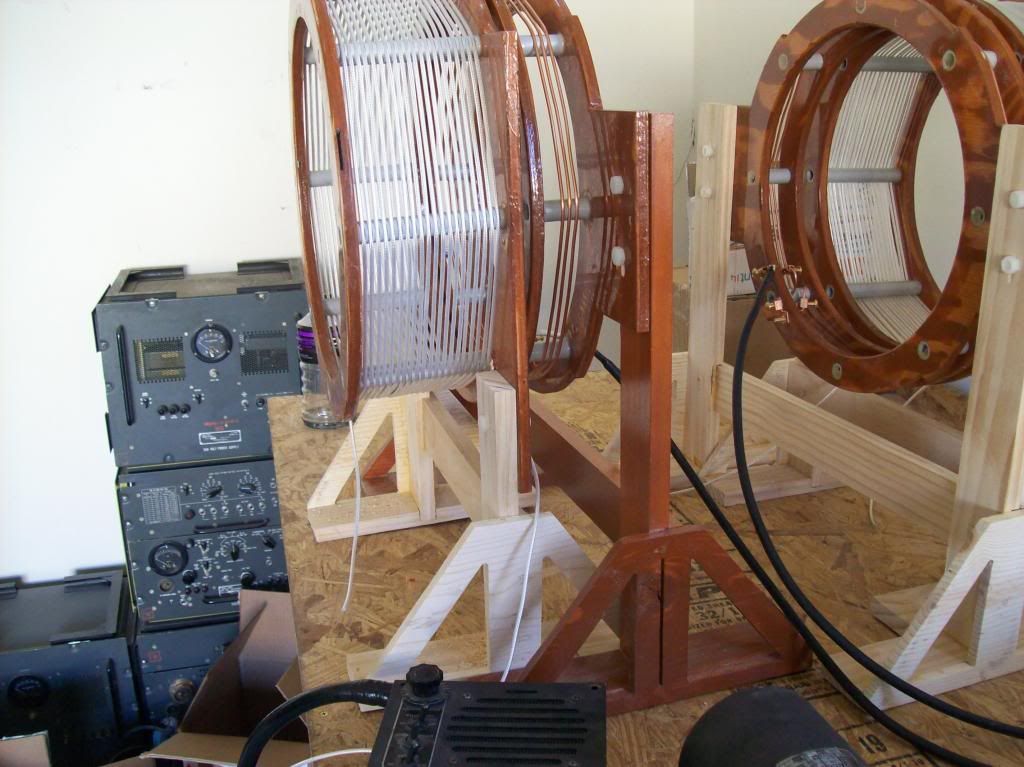
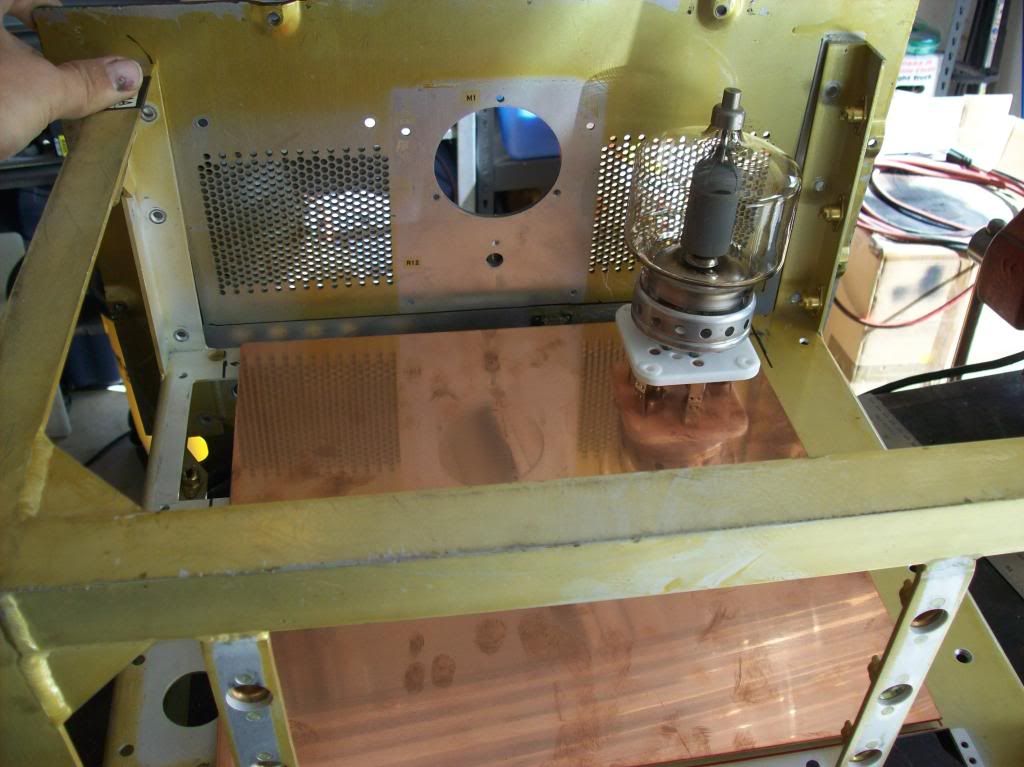

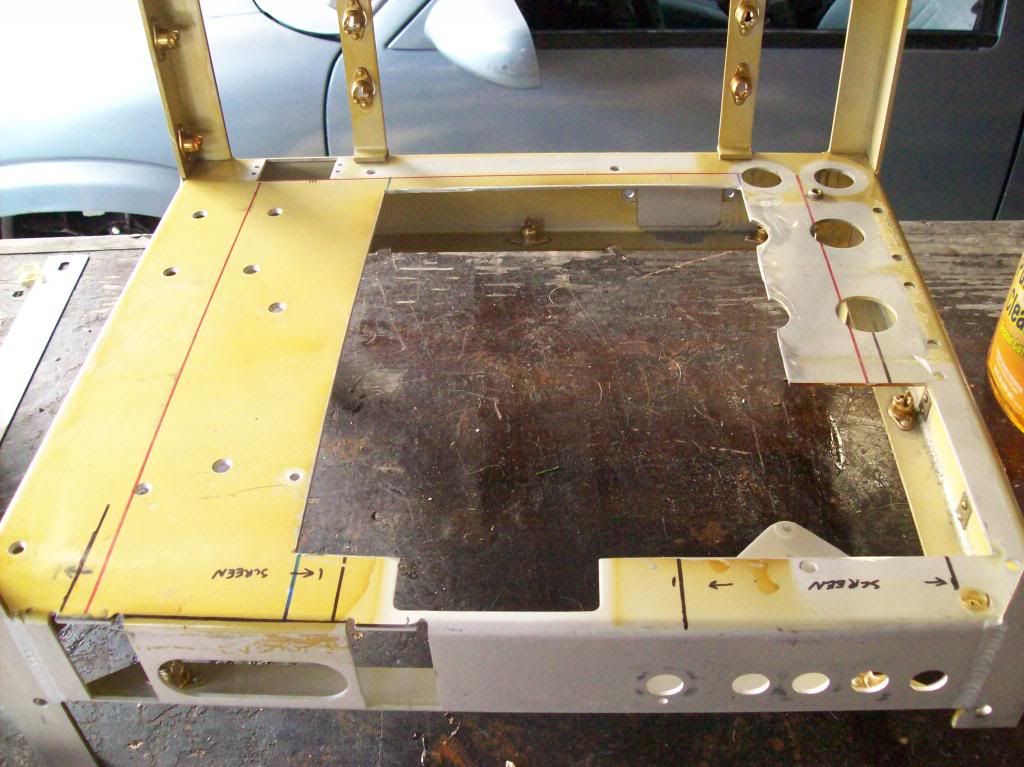

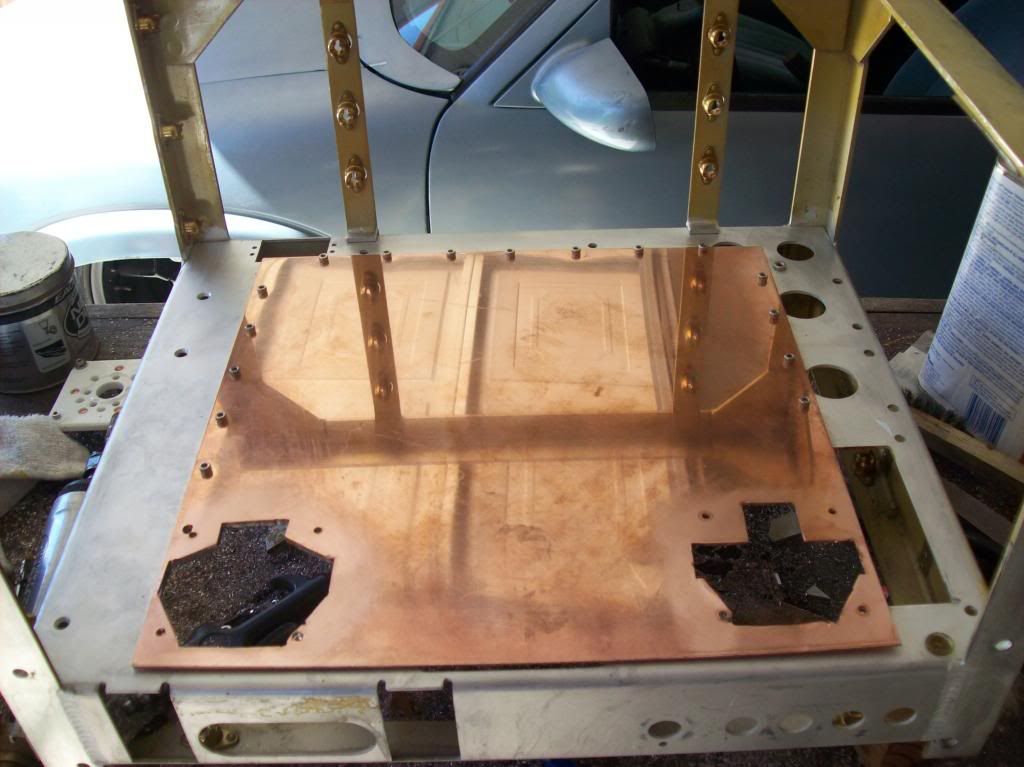
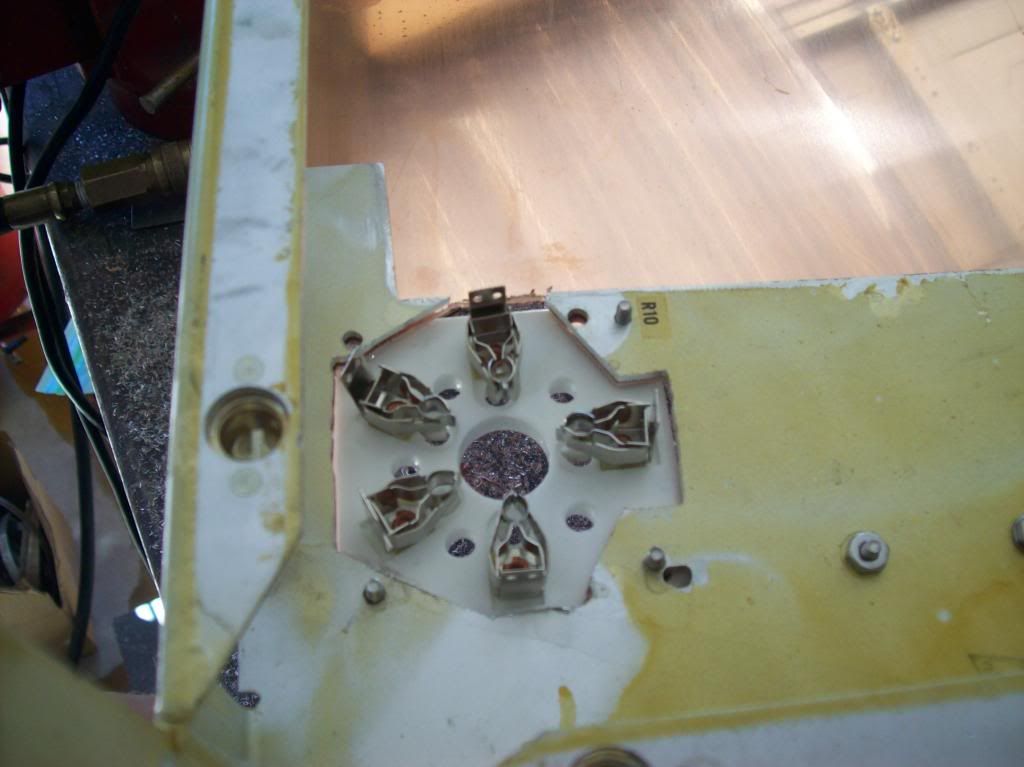

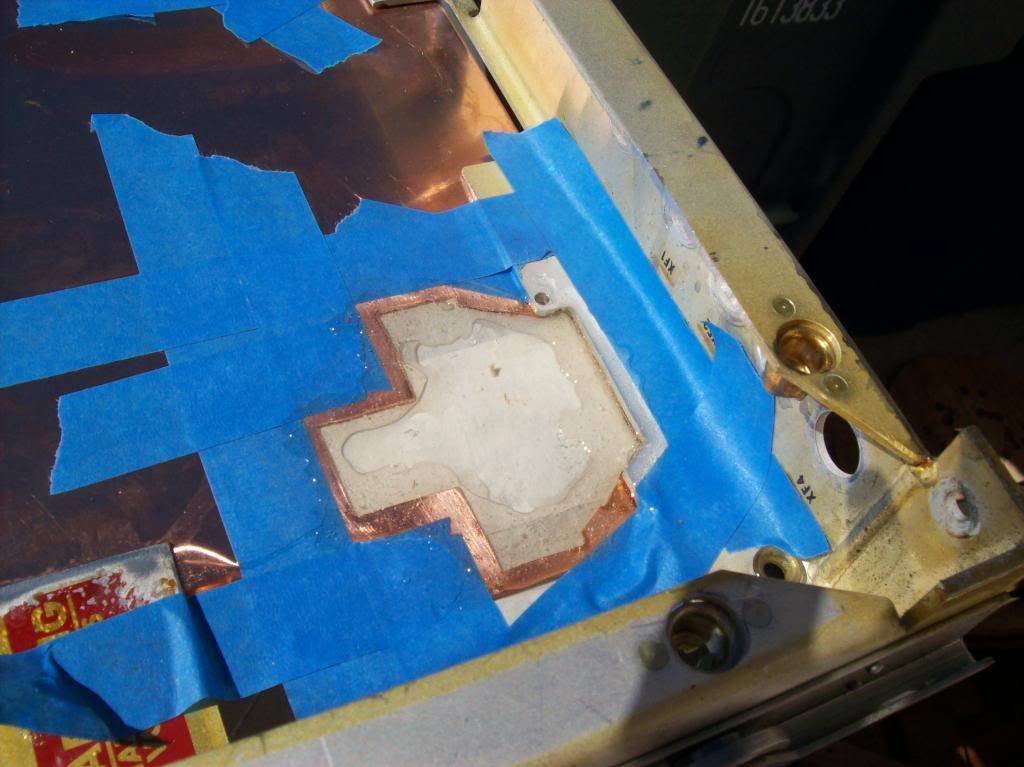
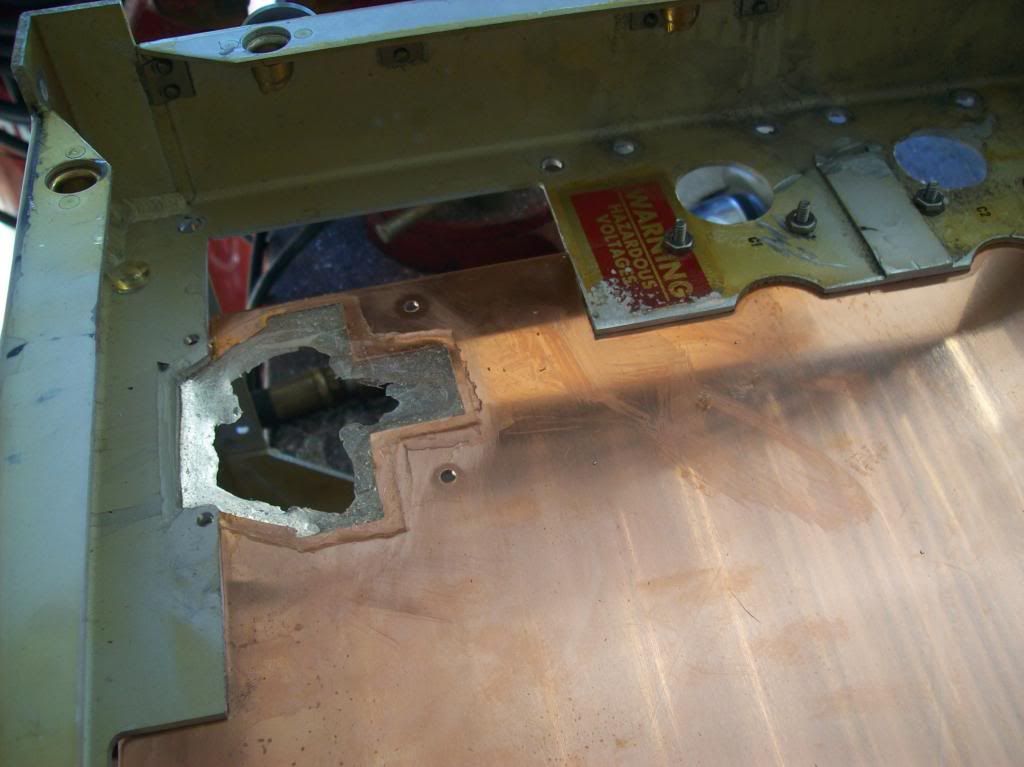
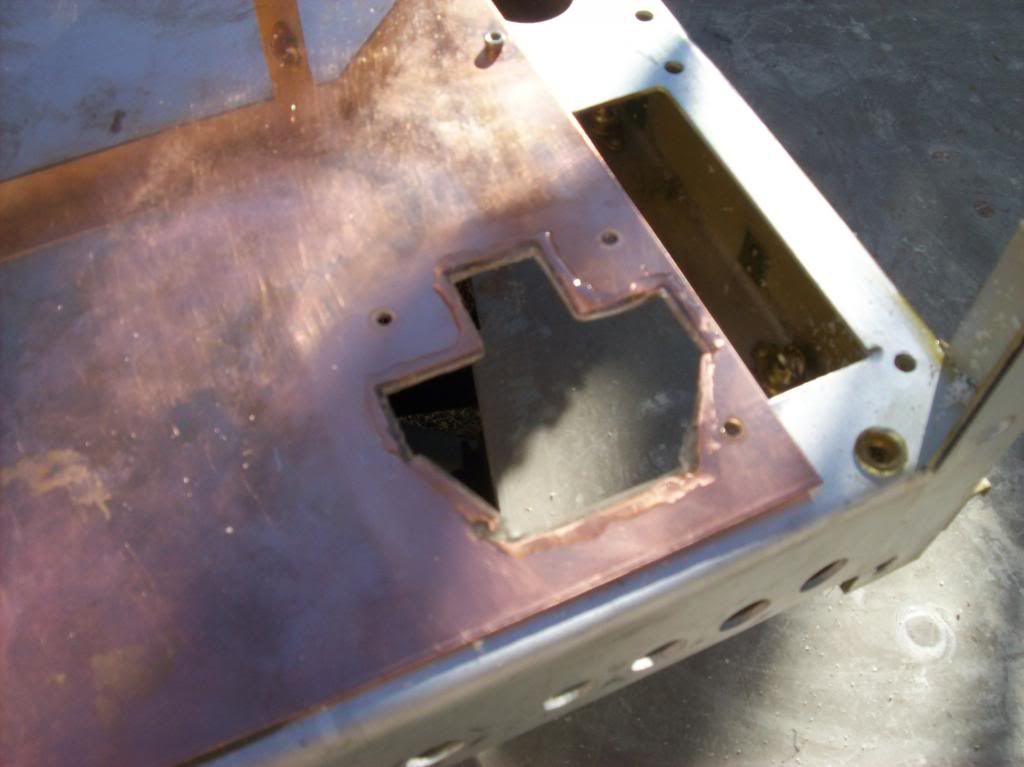
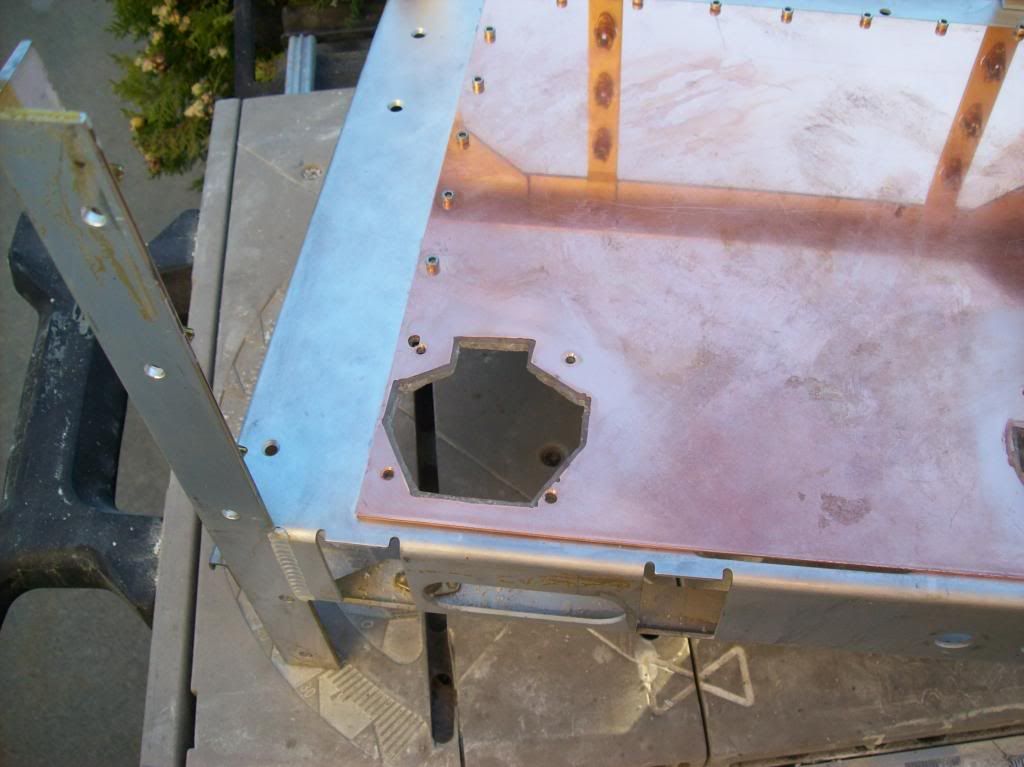
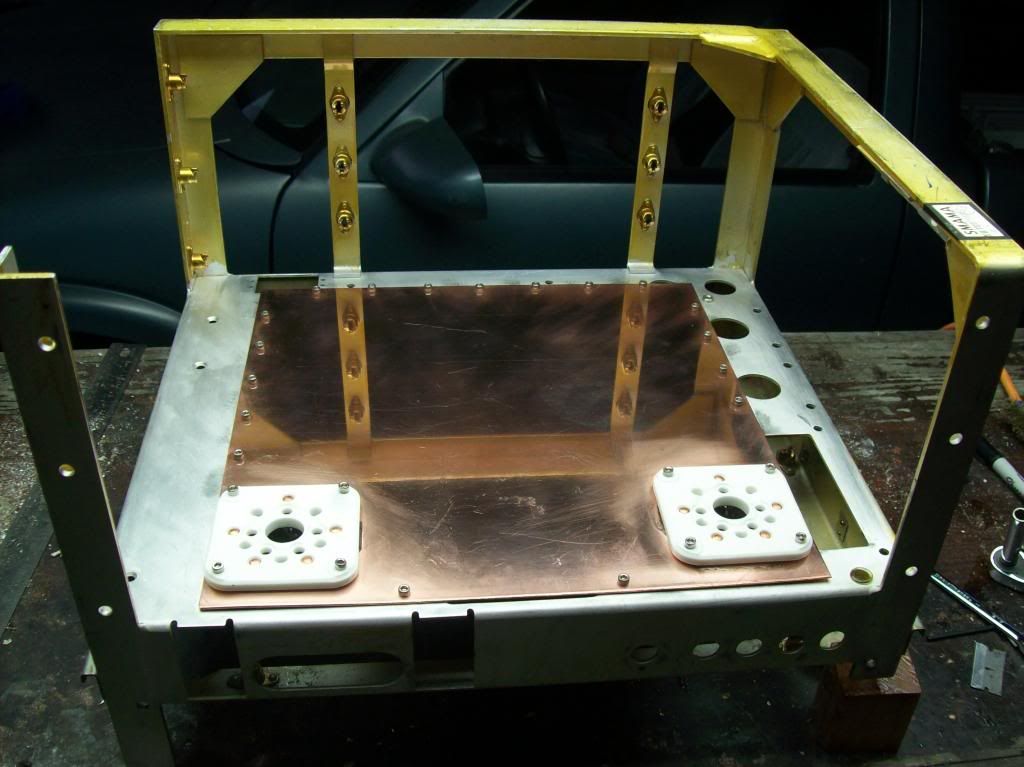

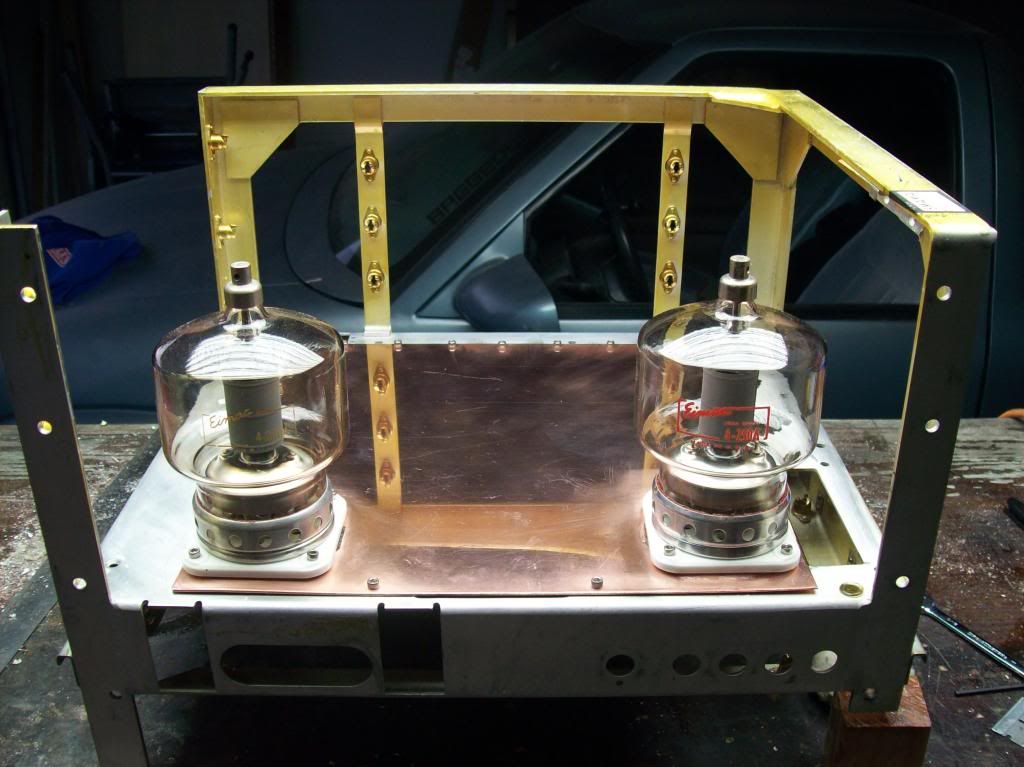
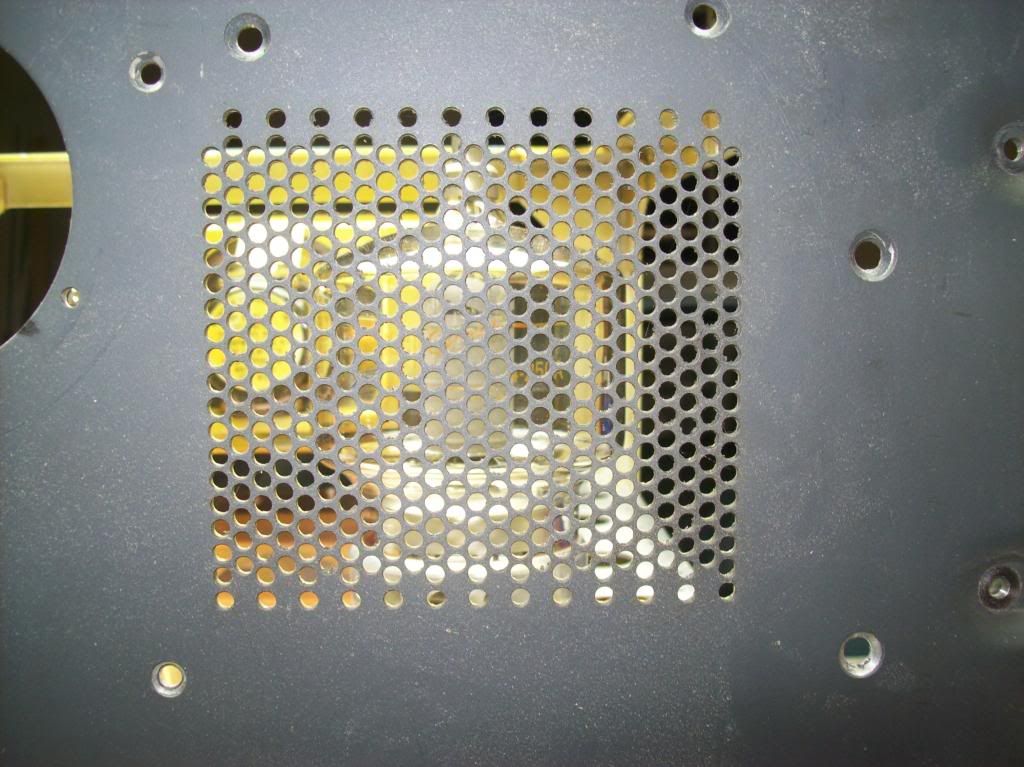

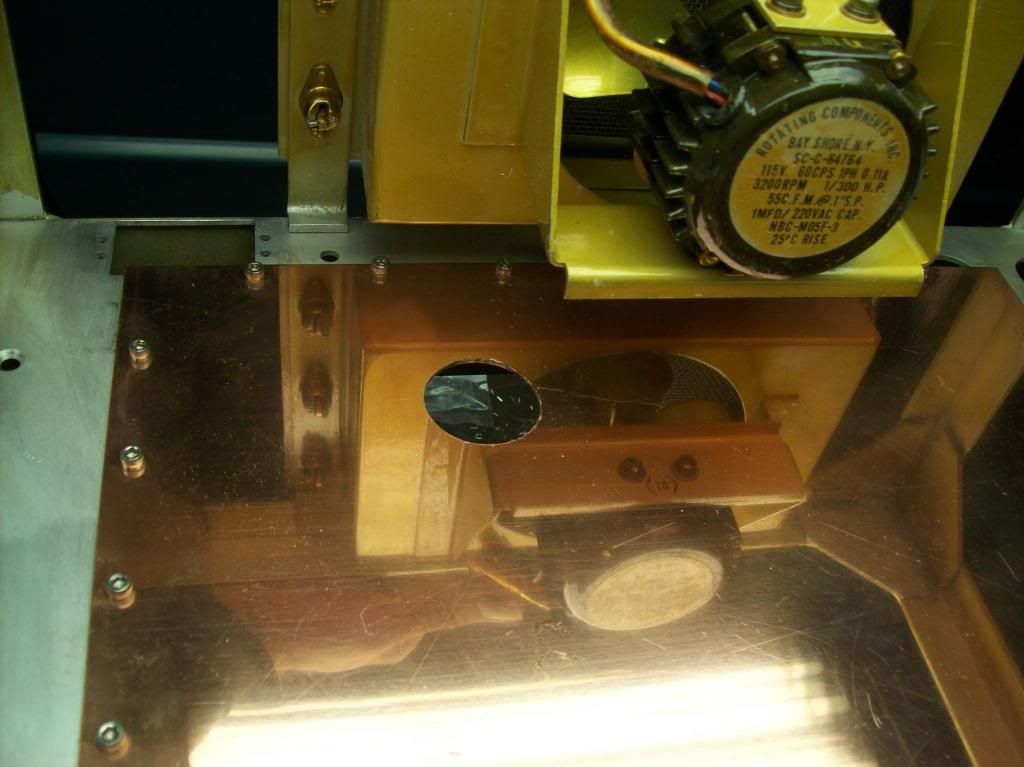
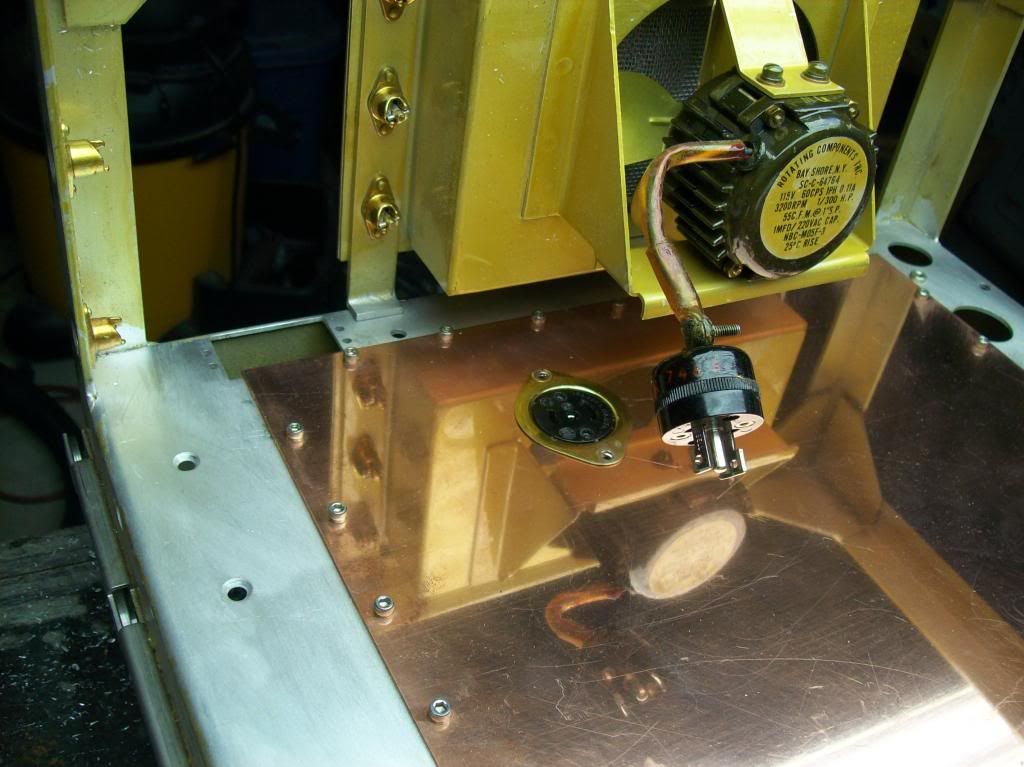

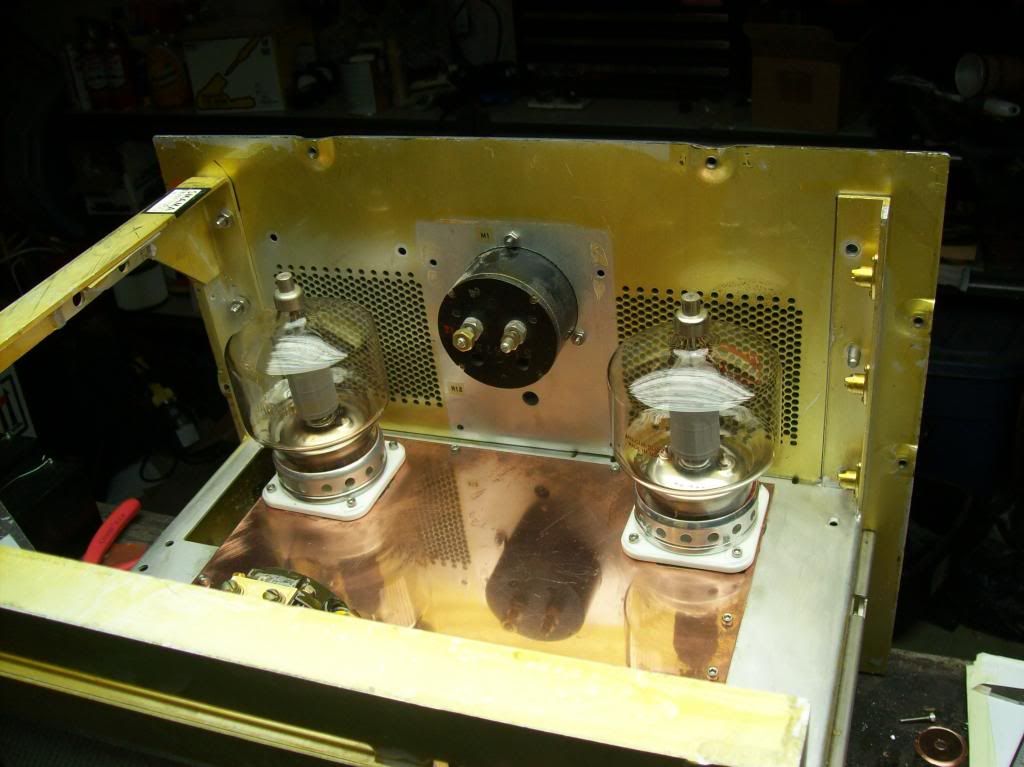
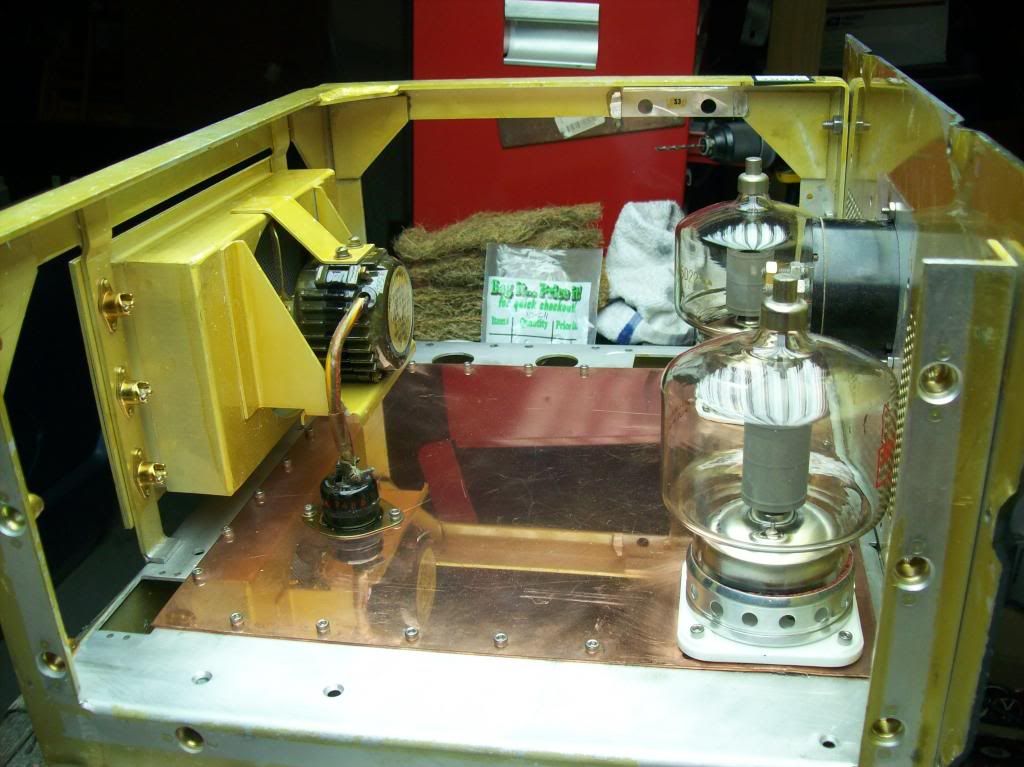







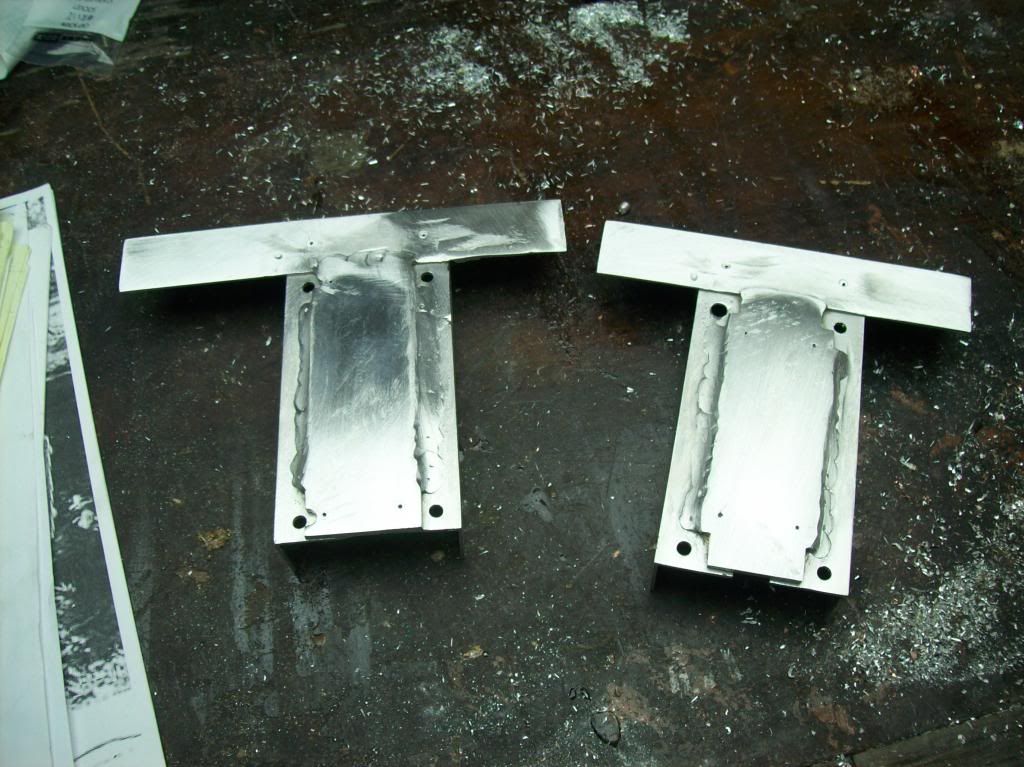
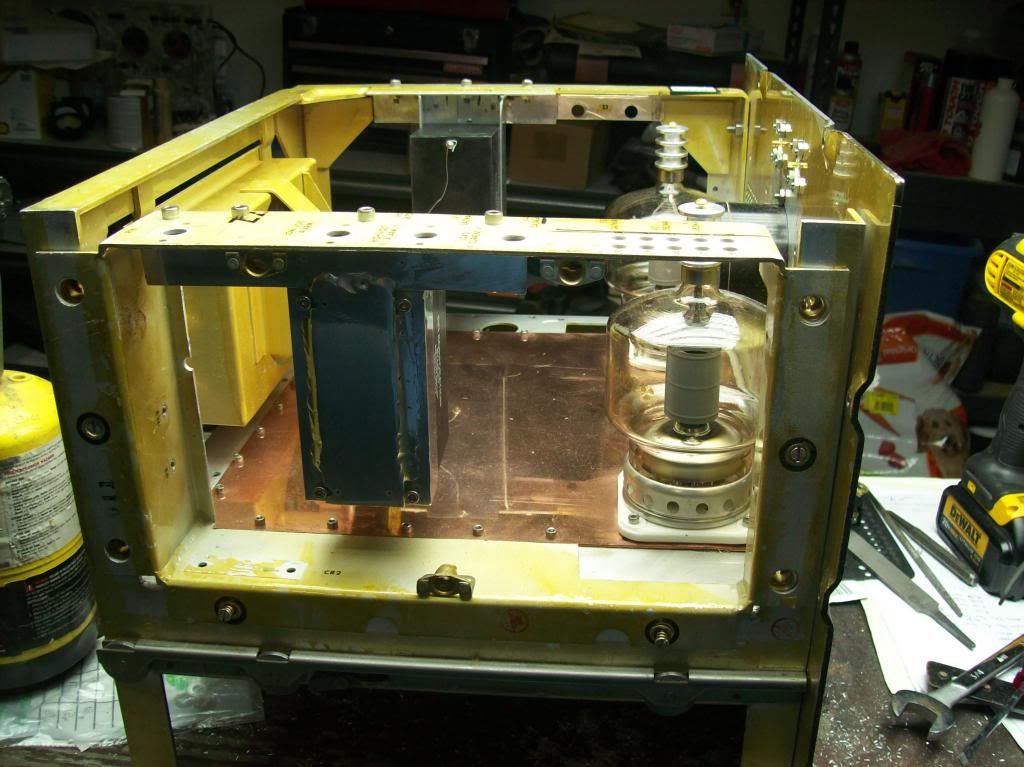
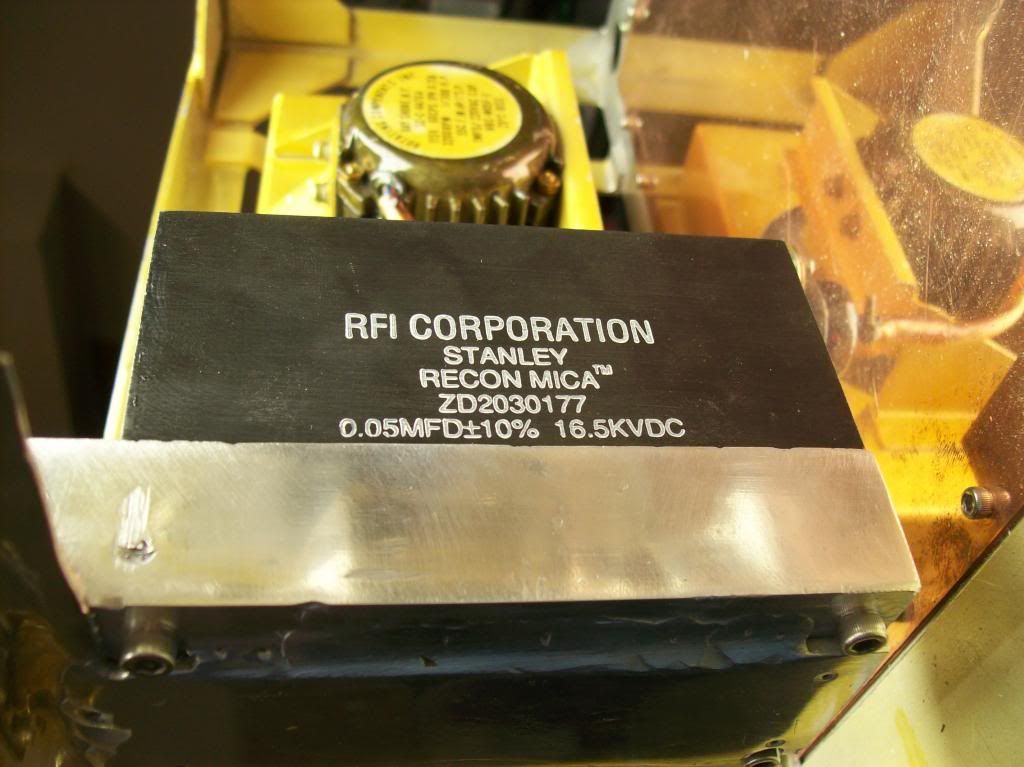
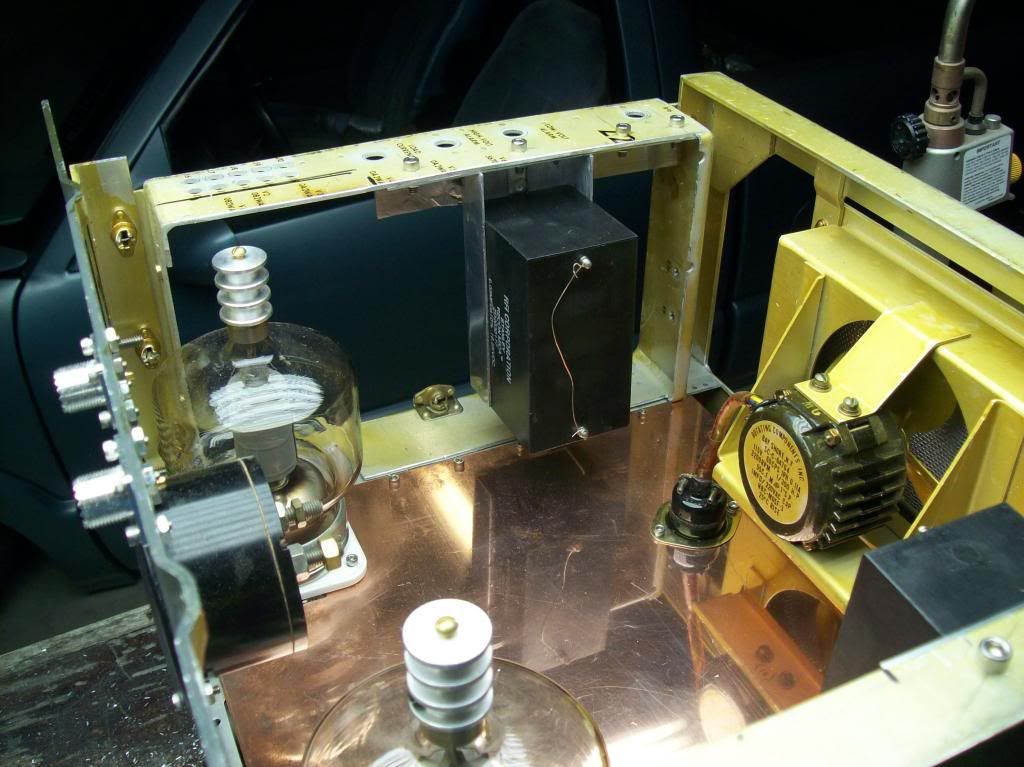
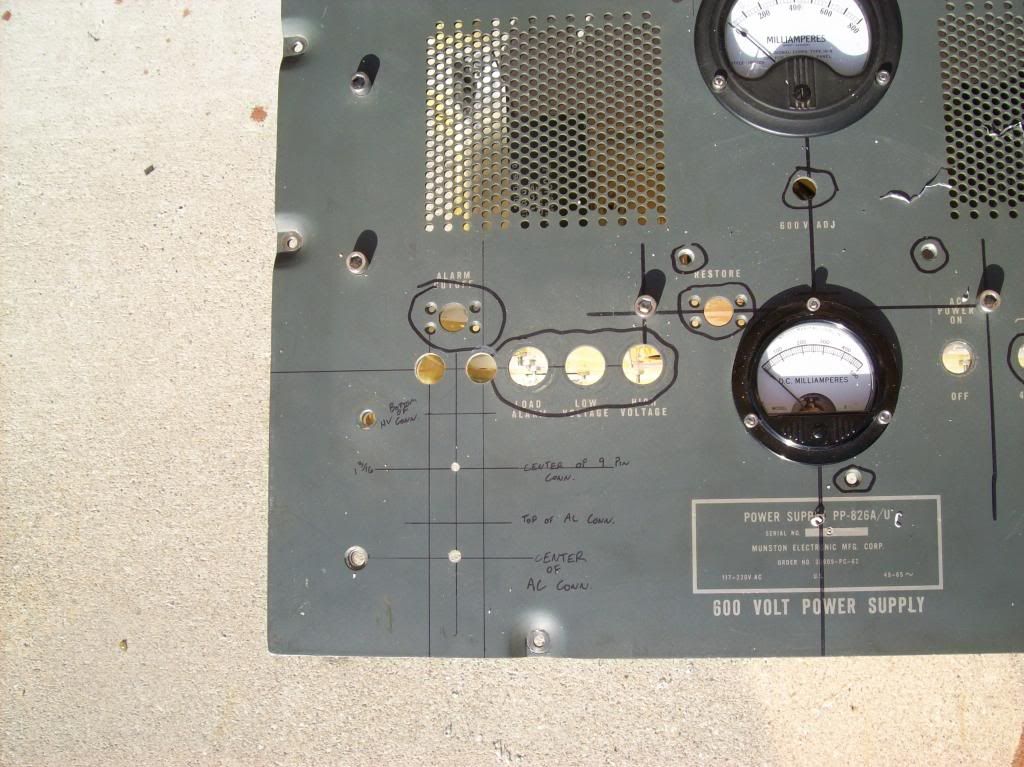
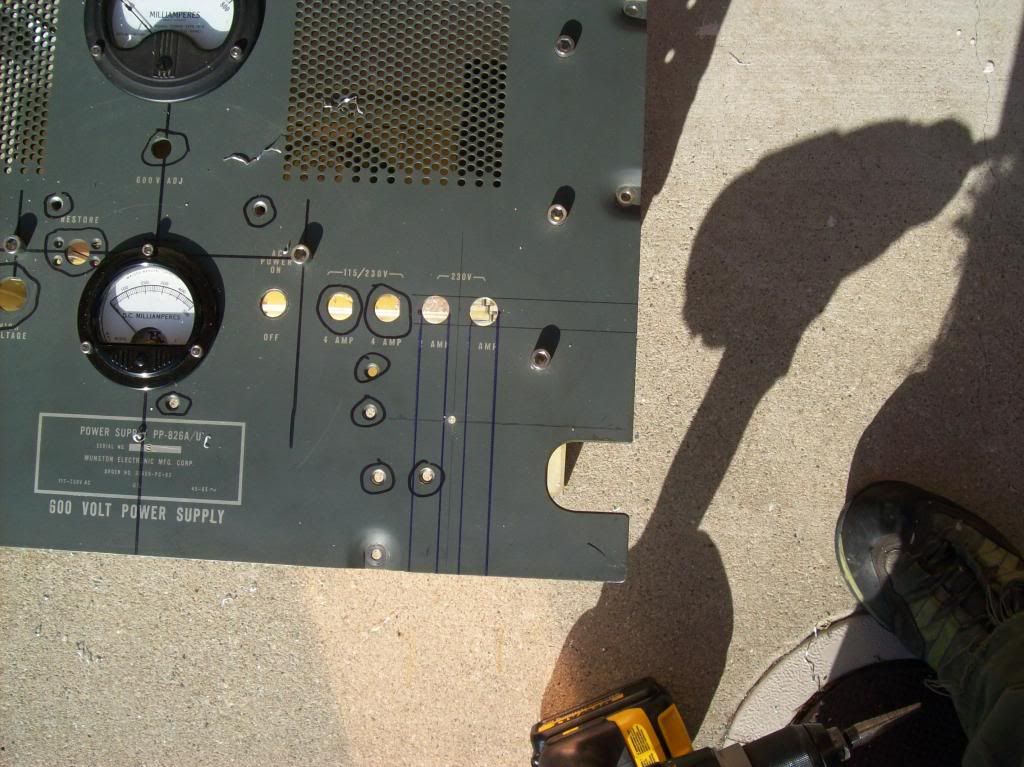
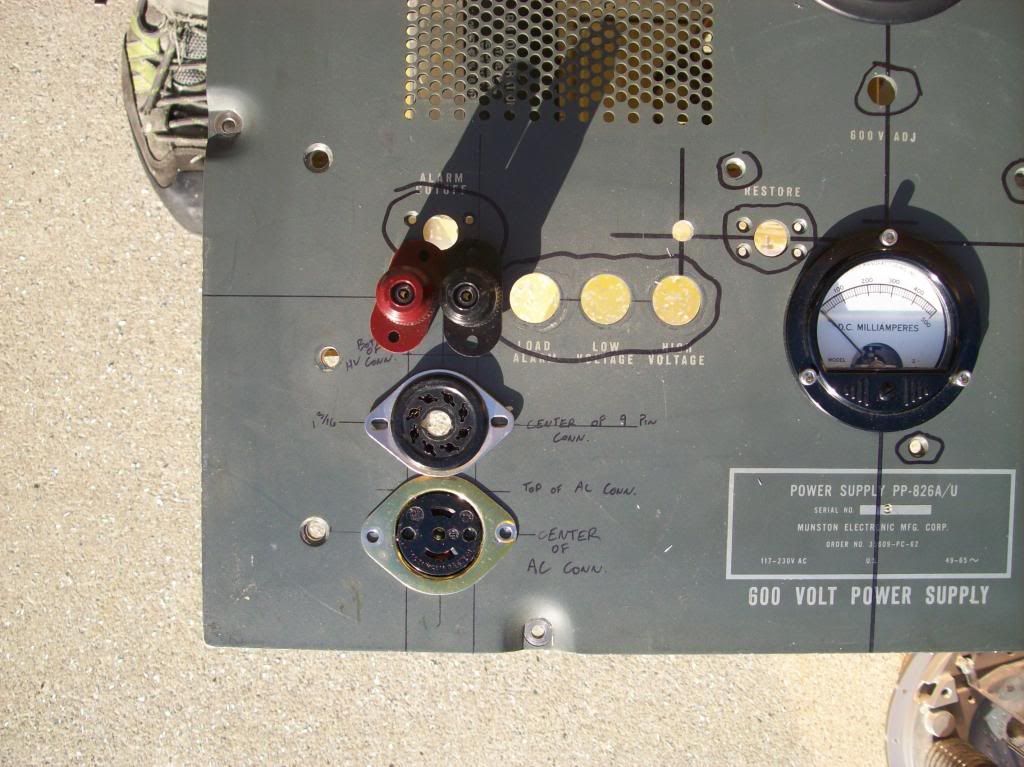
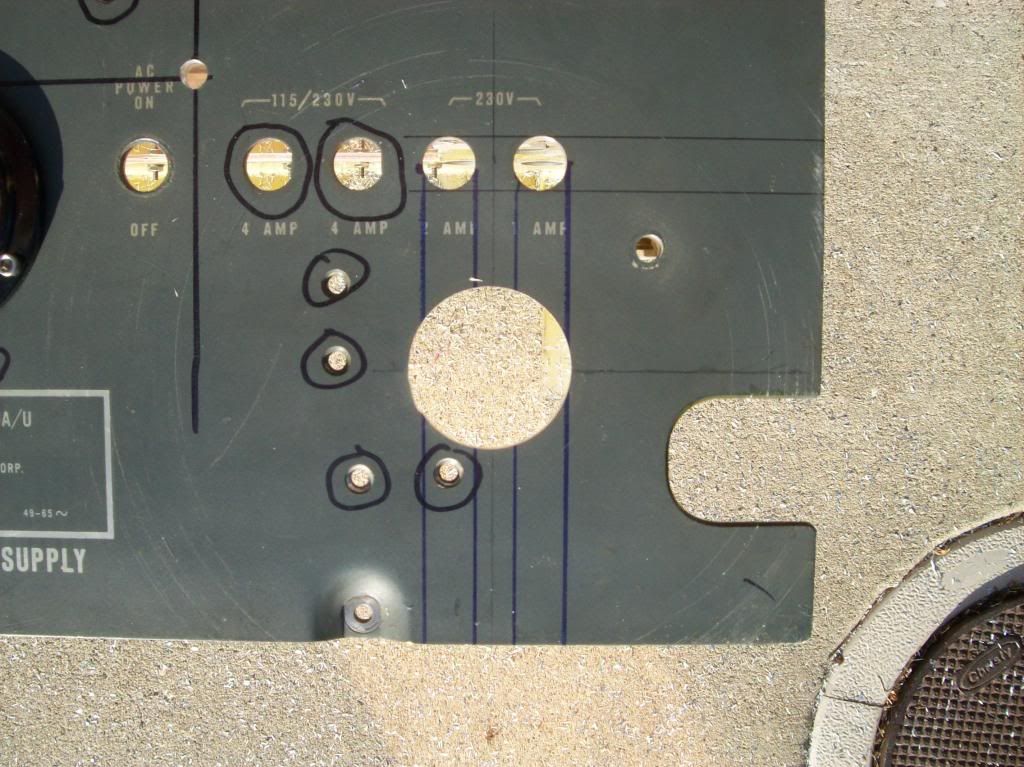
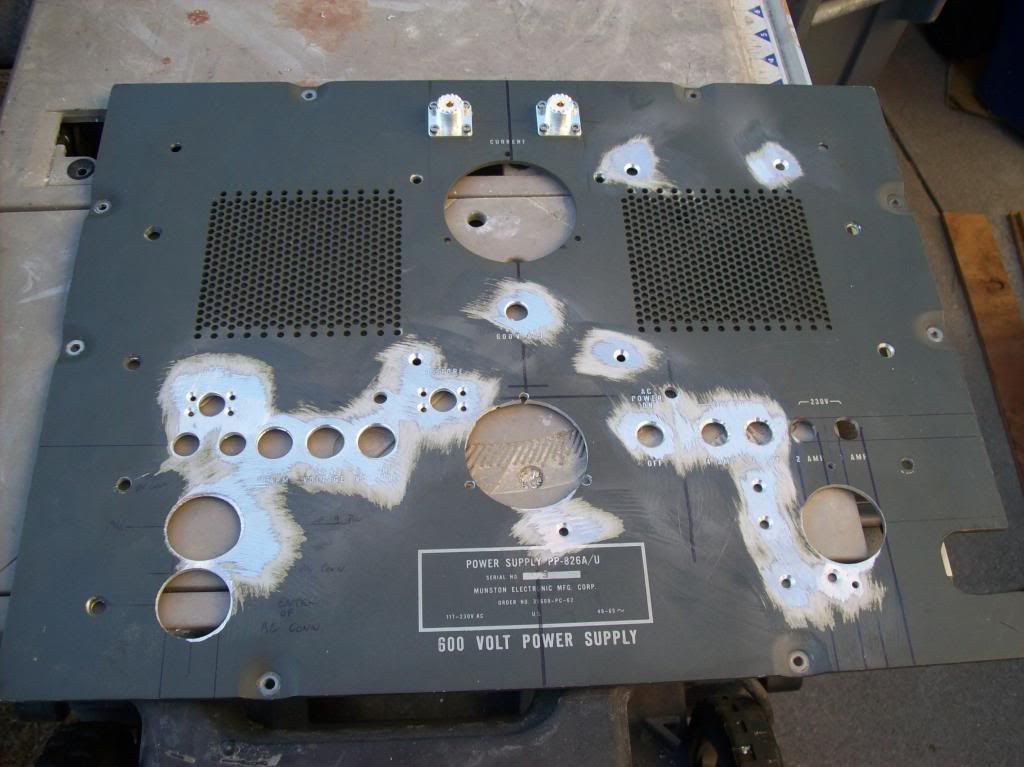
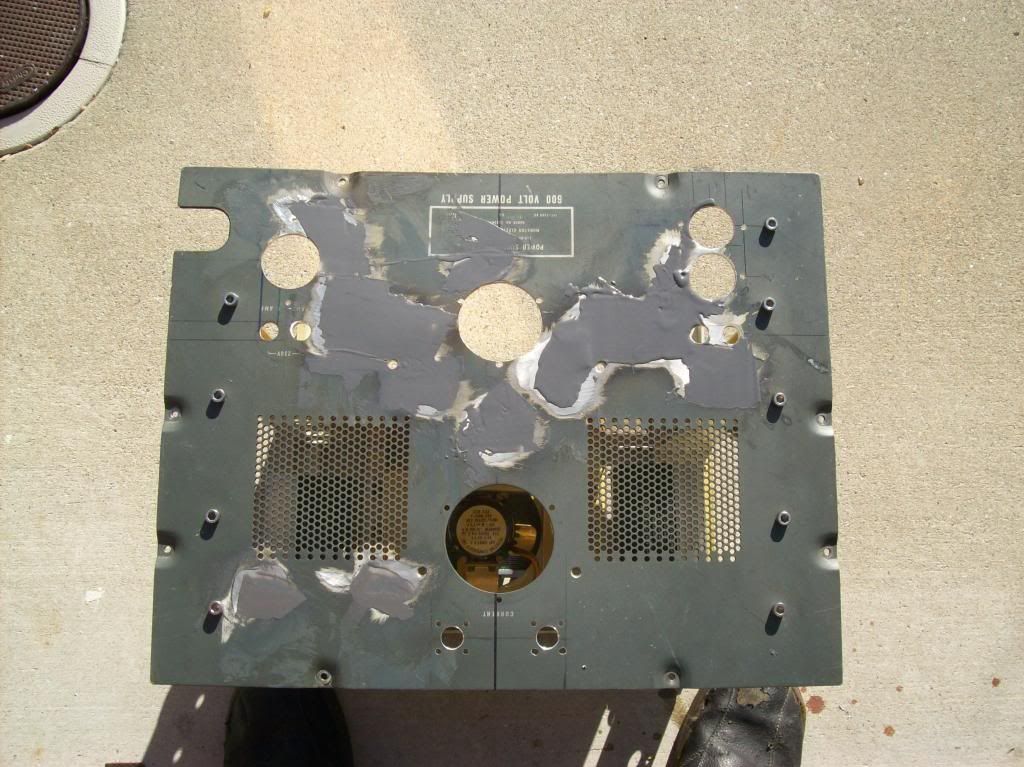

Comment